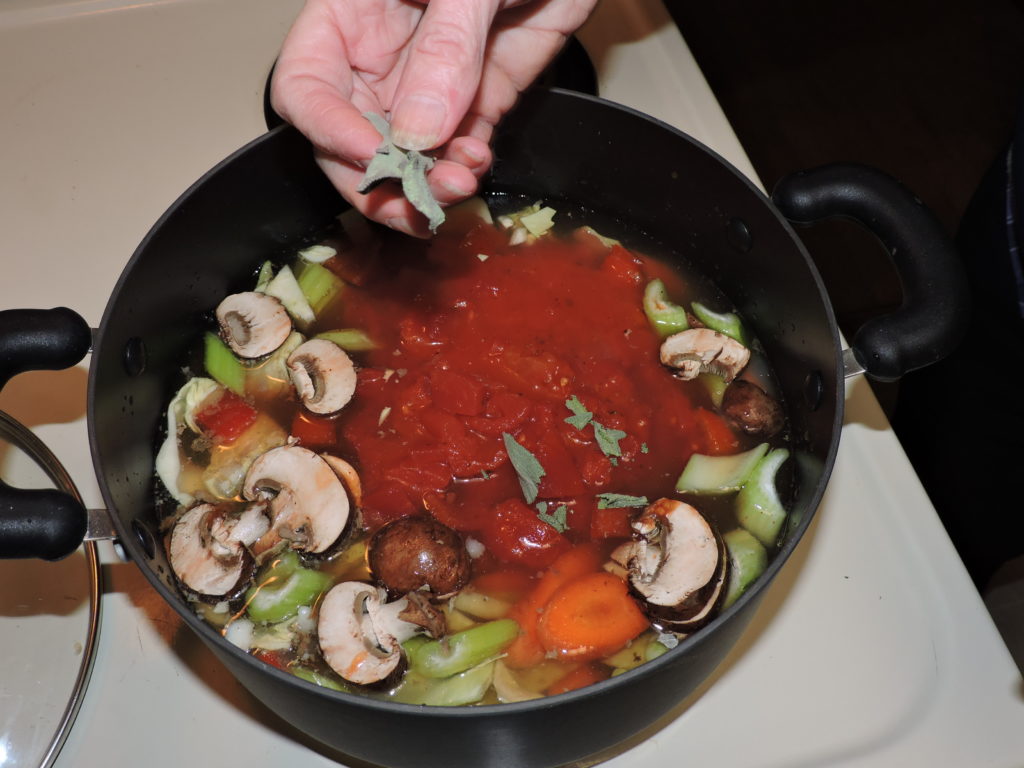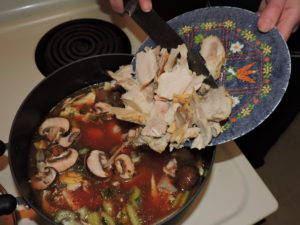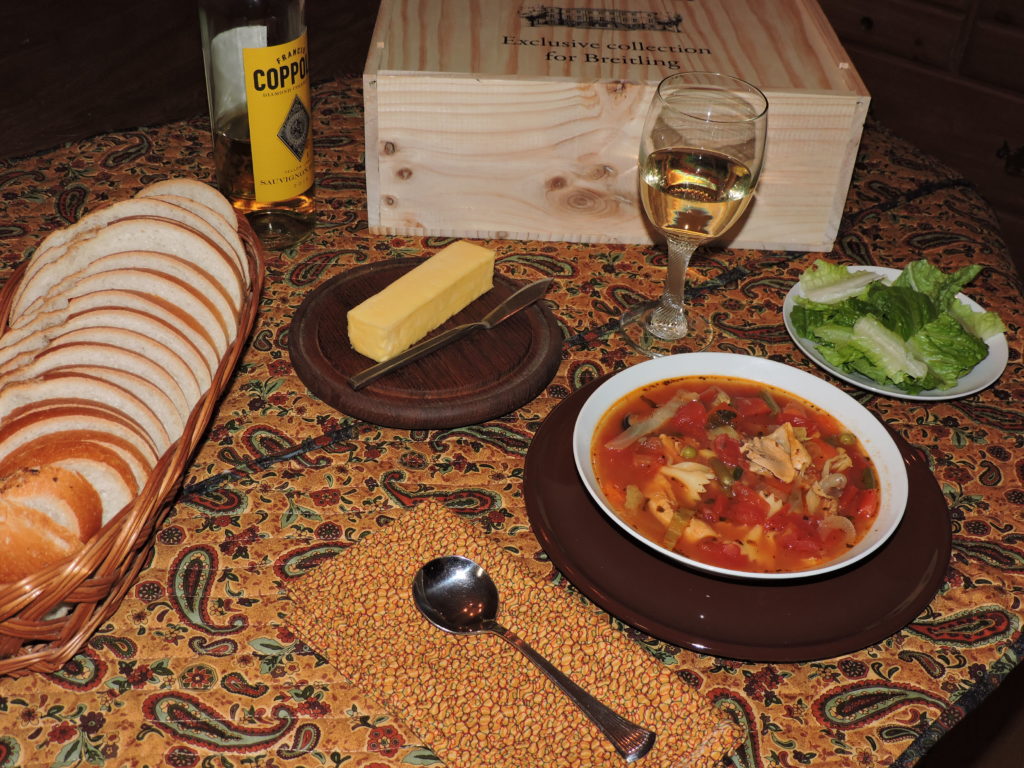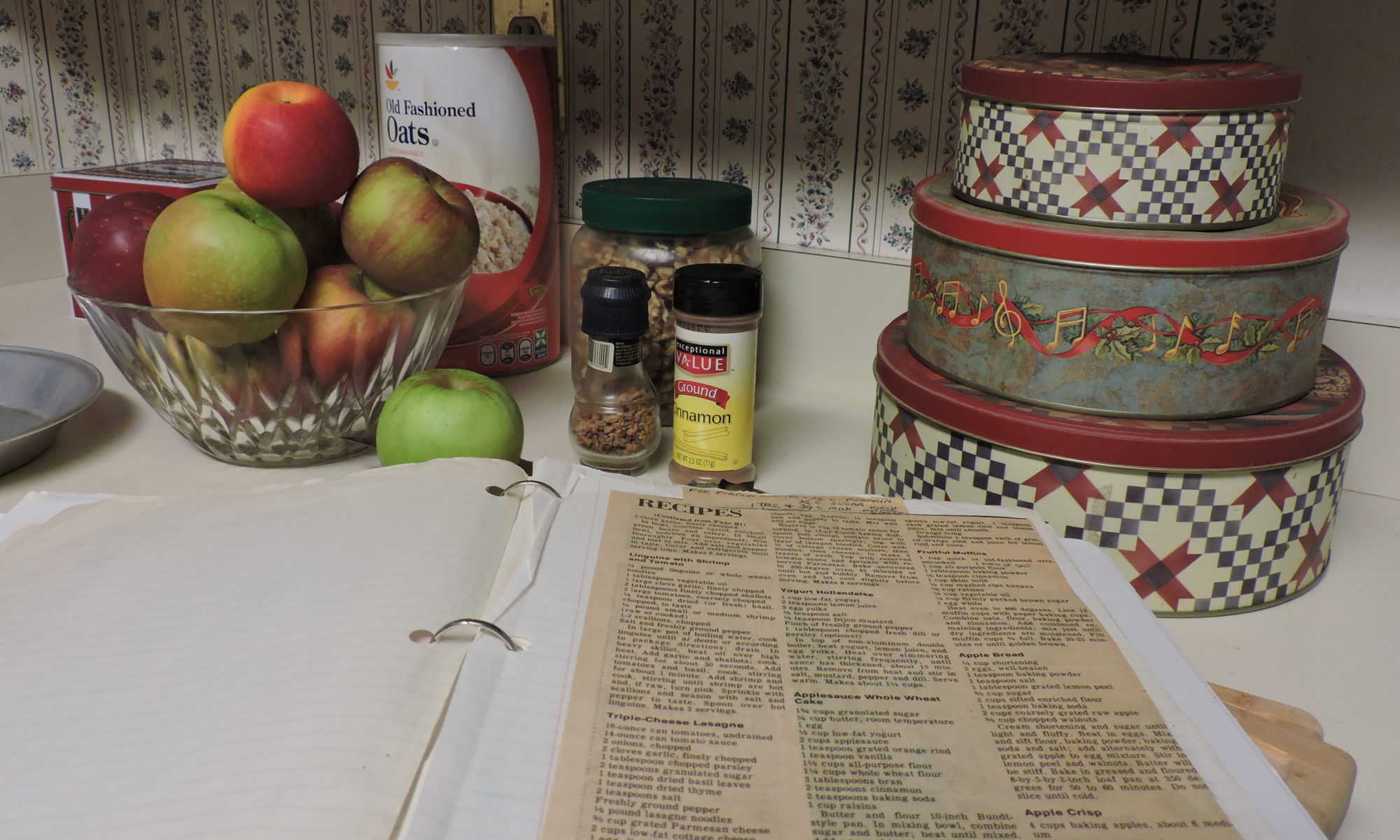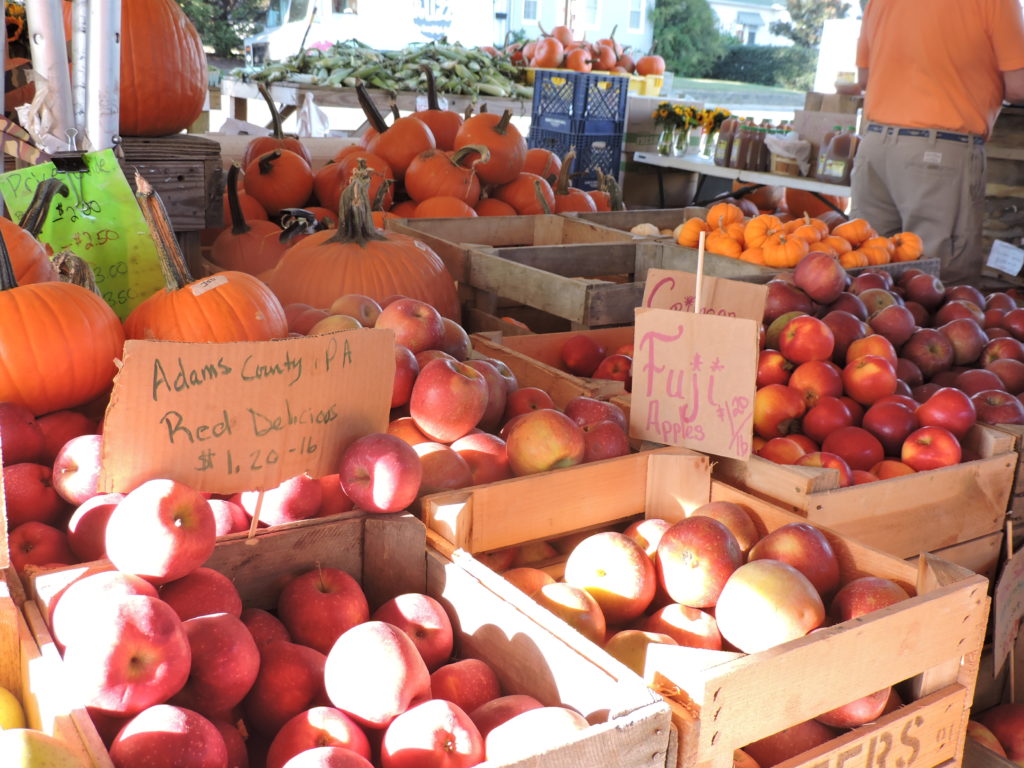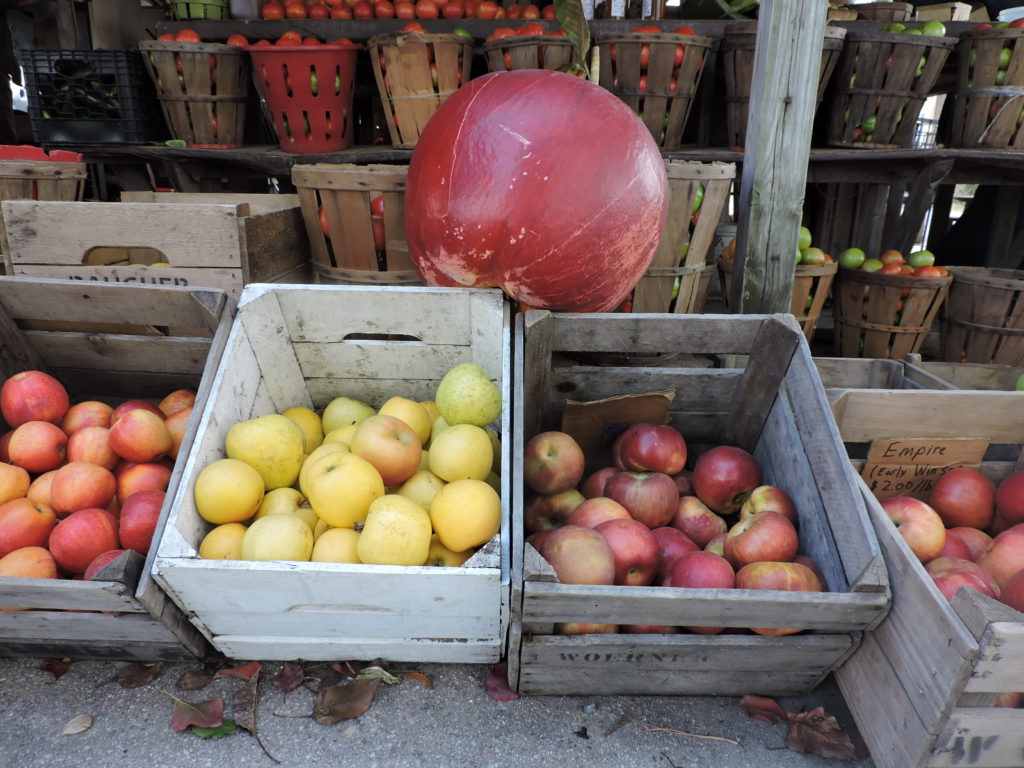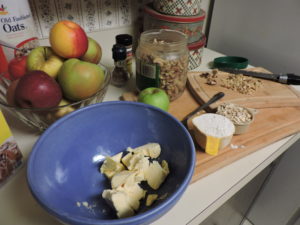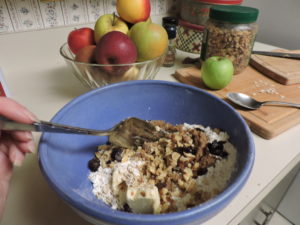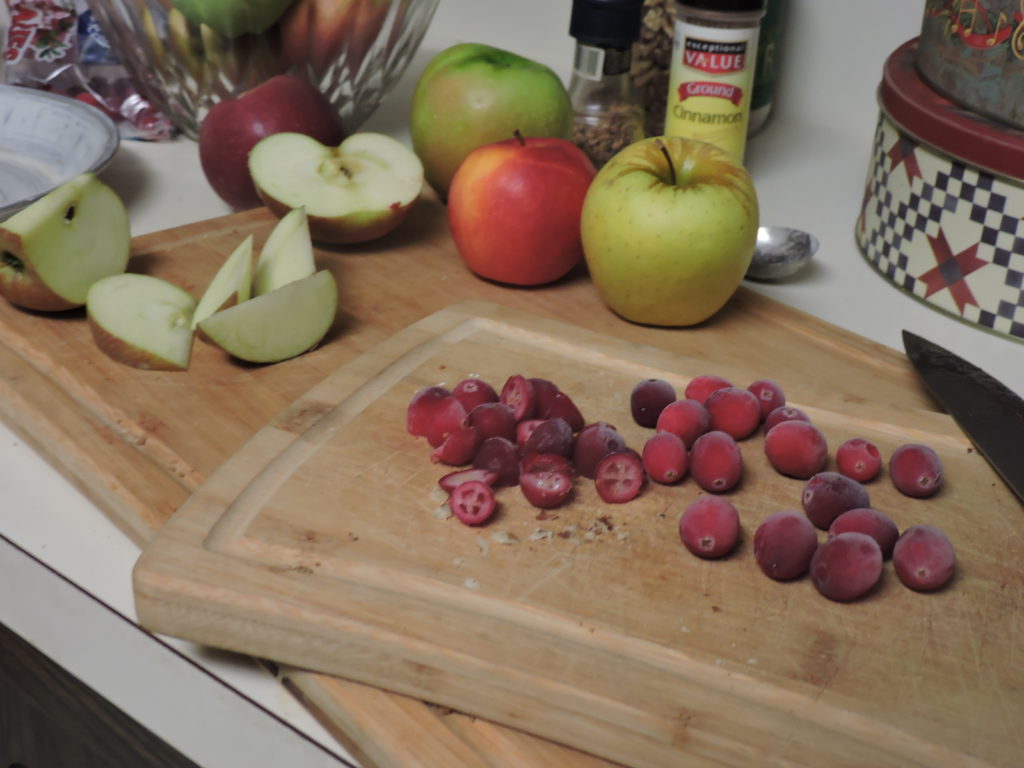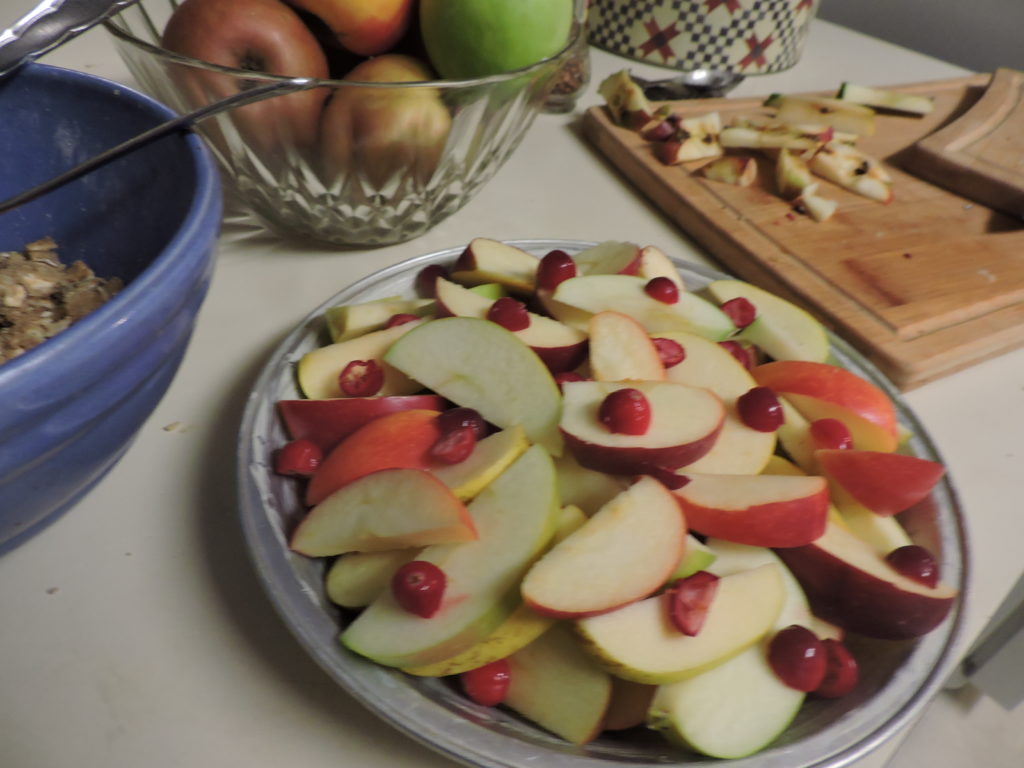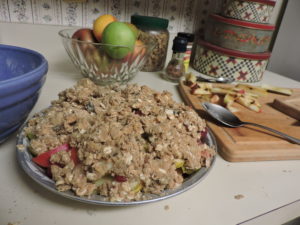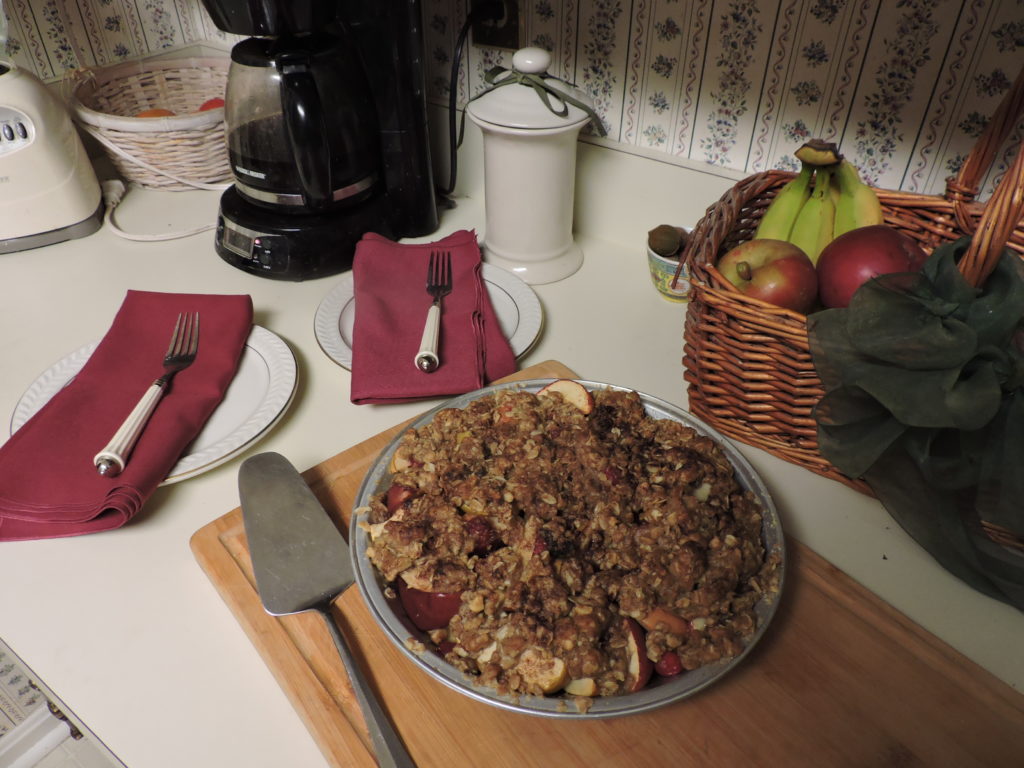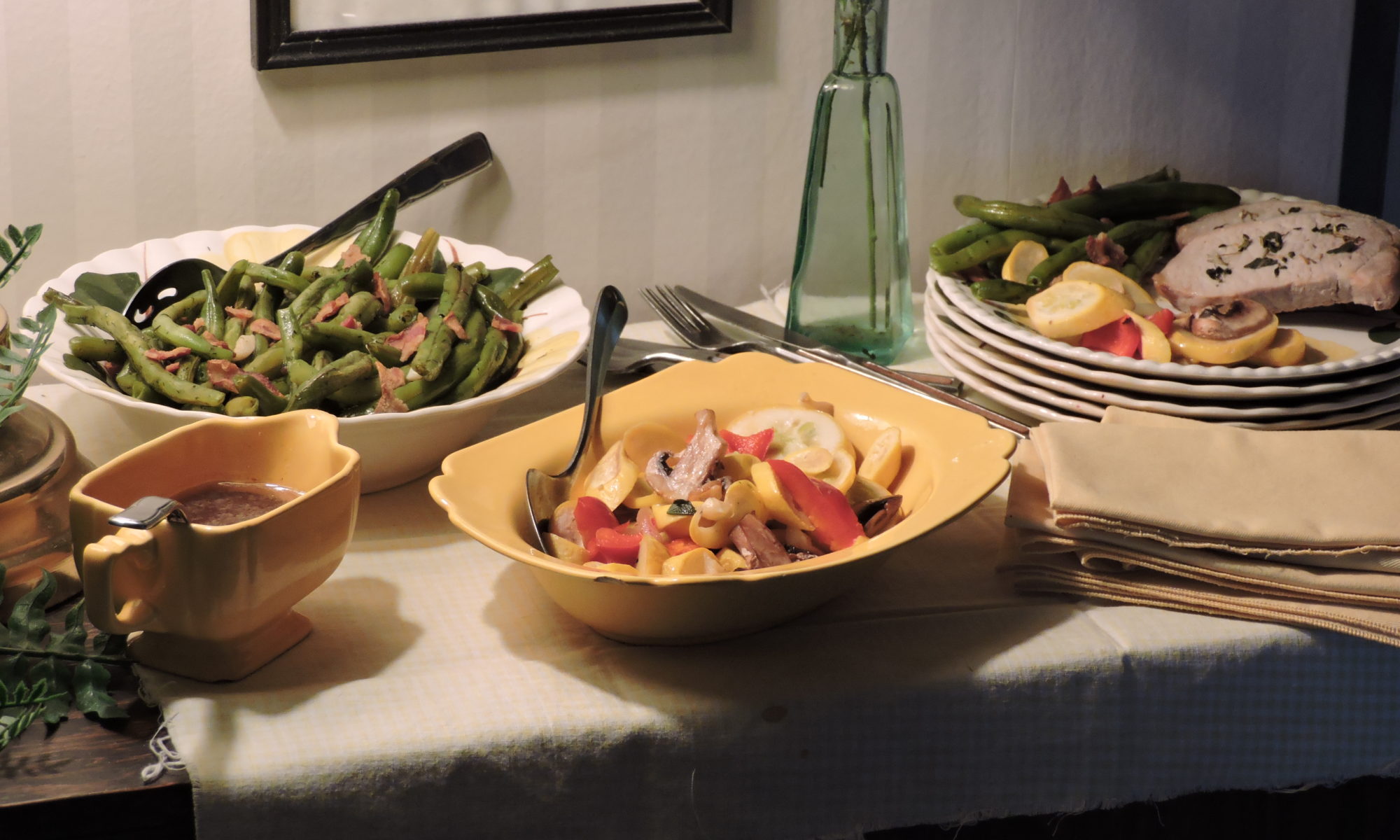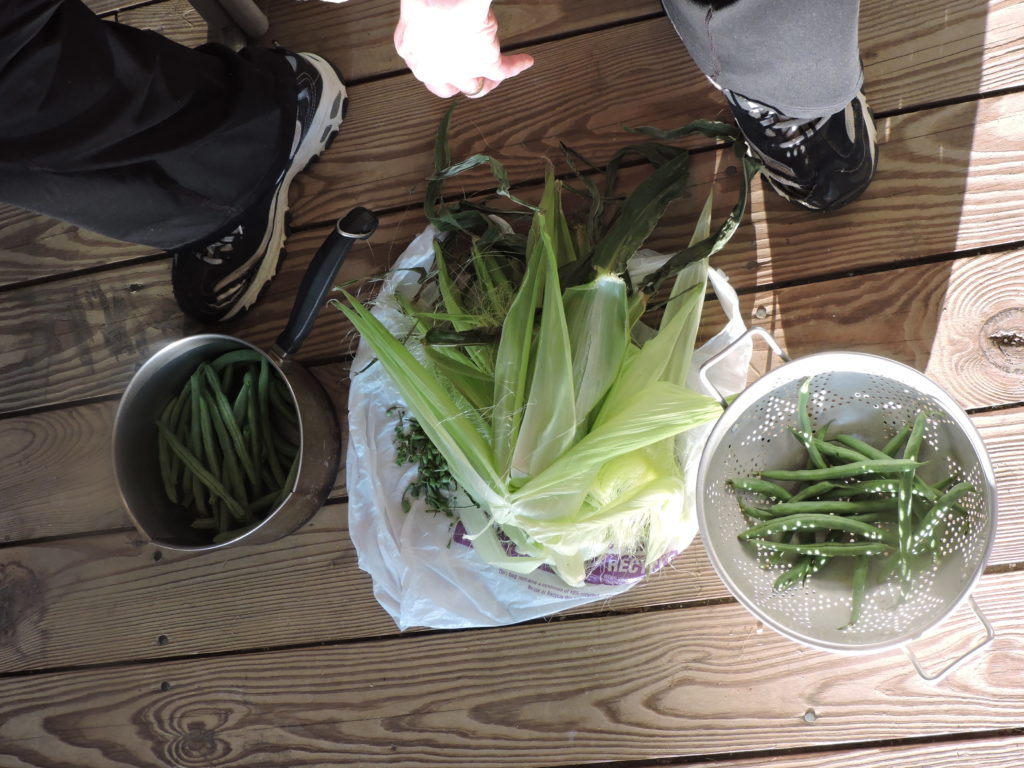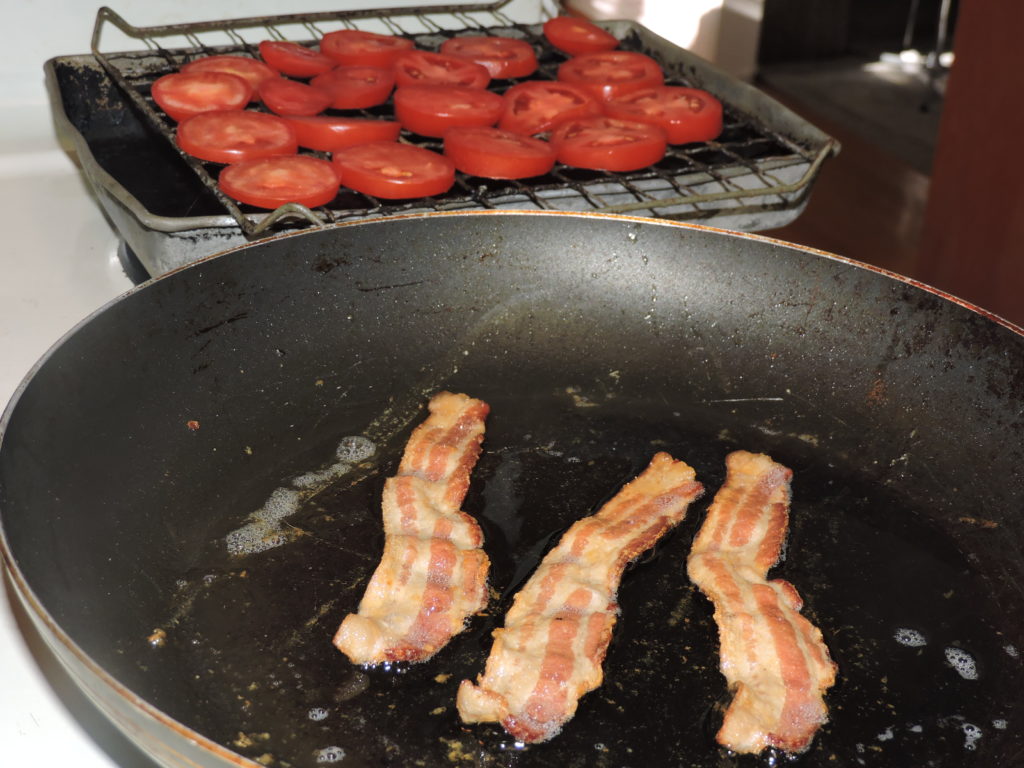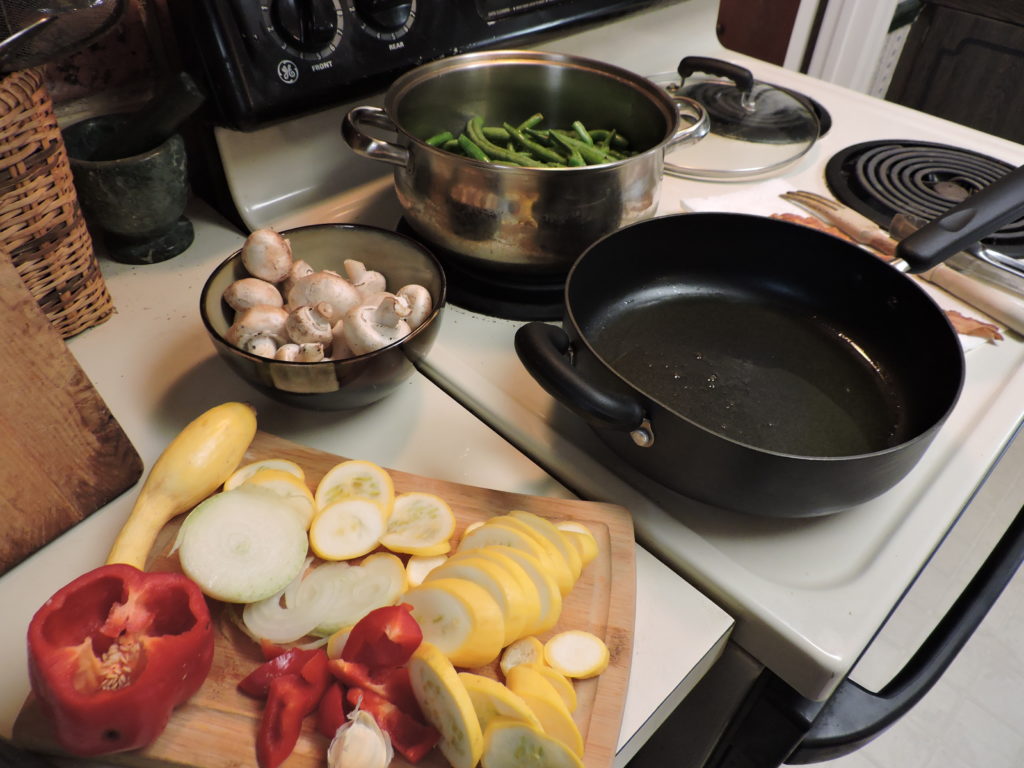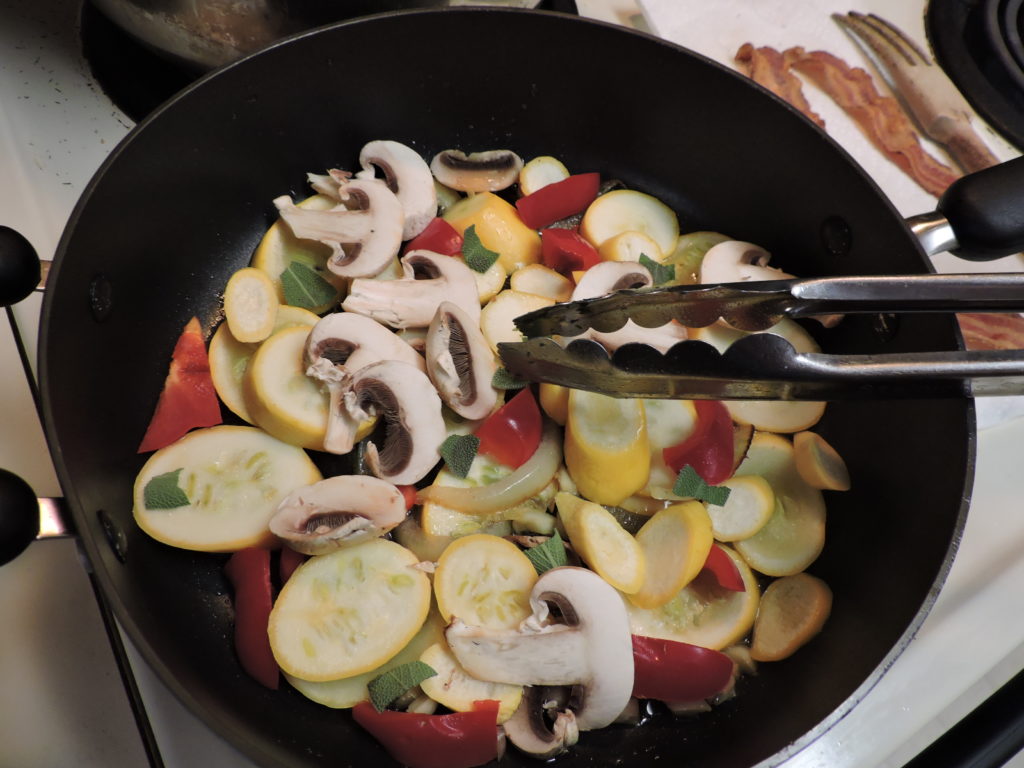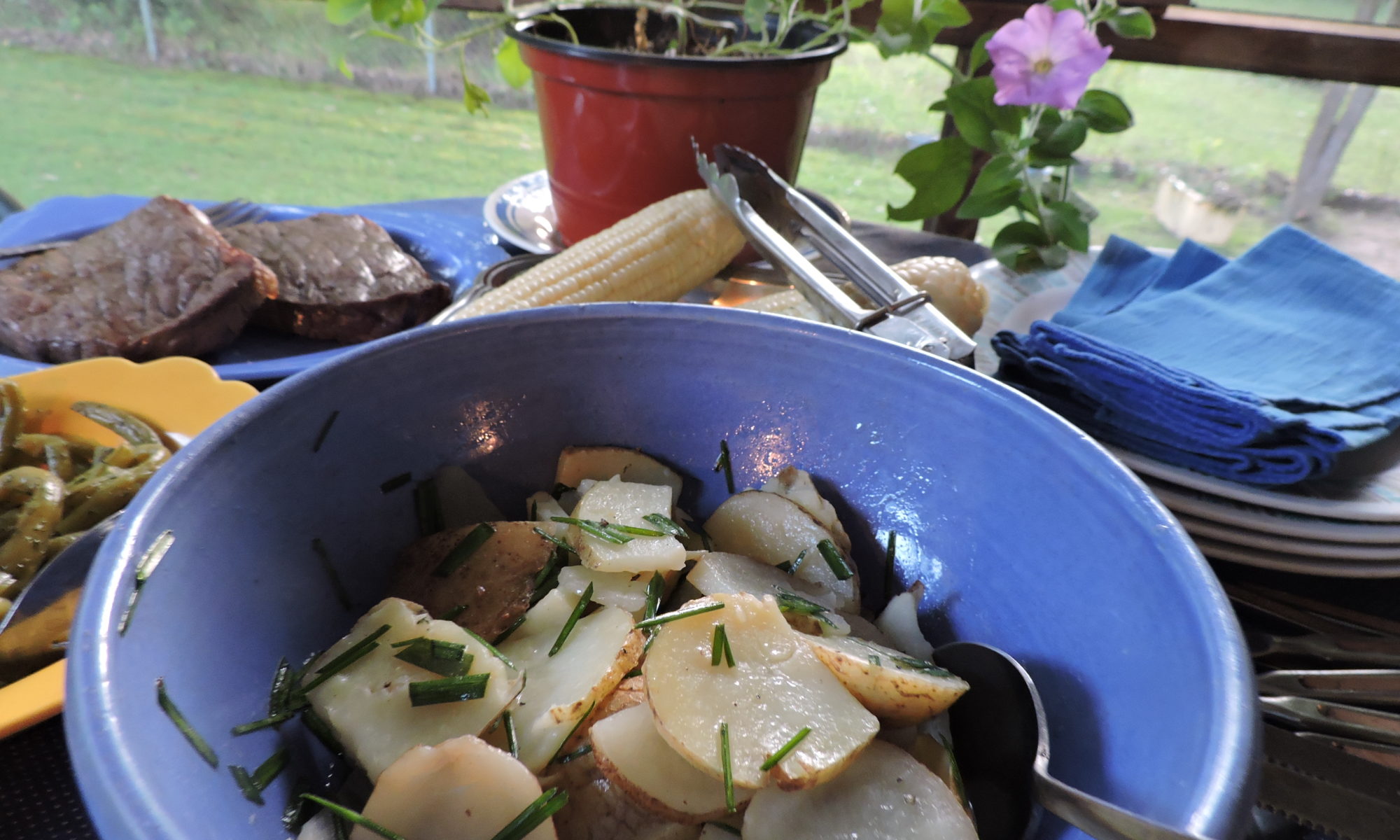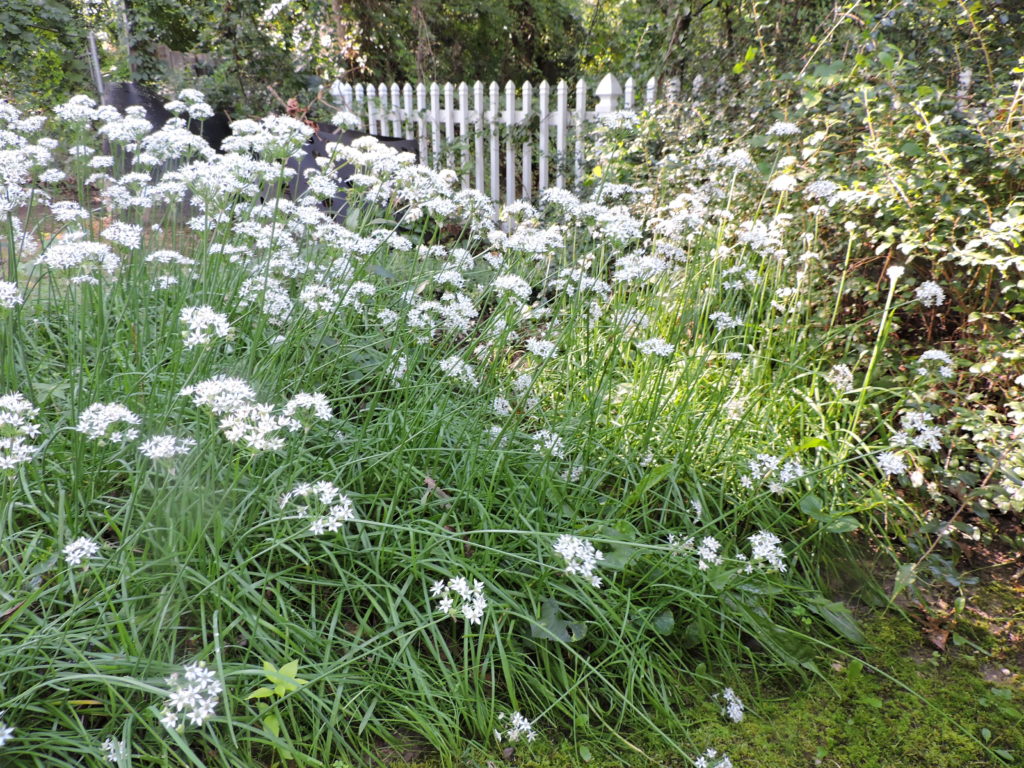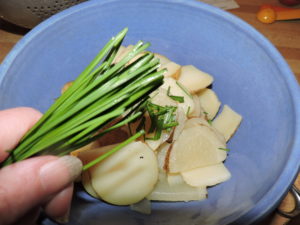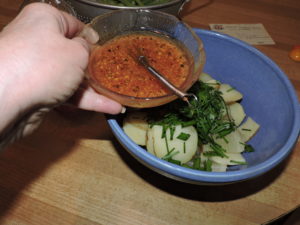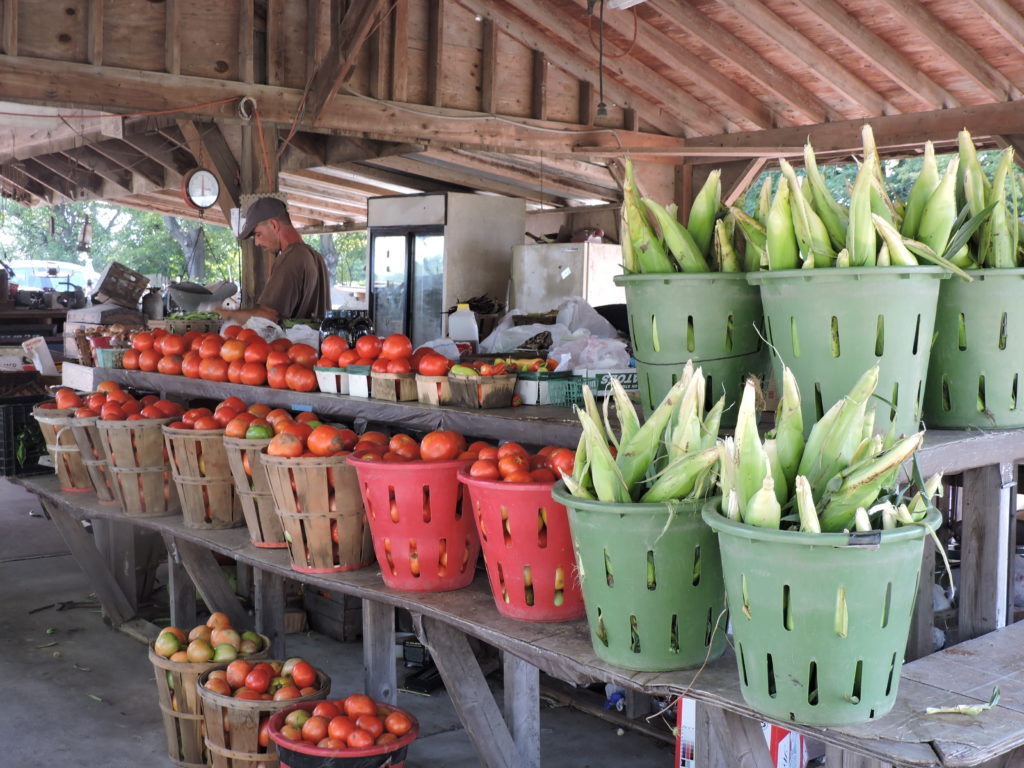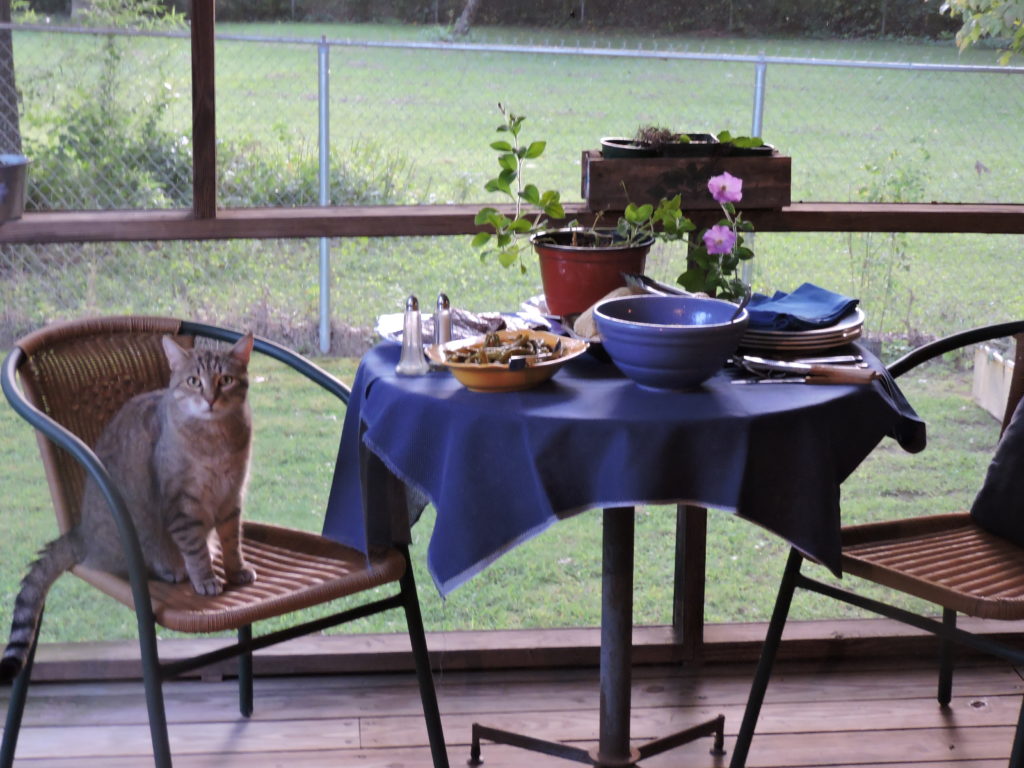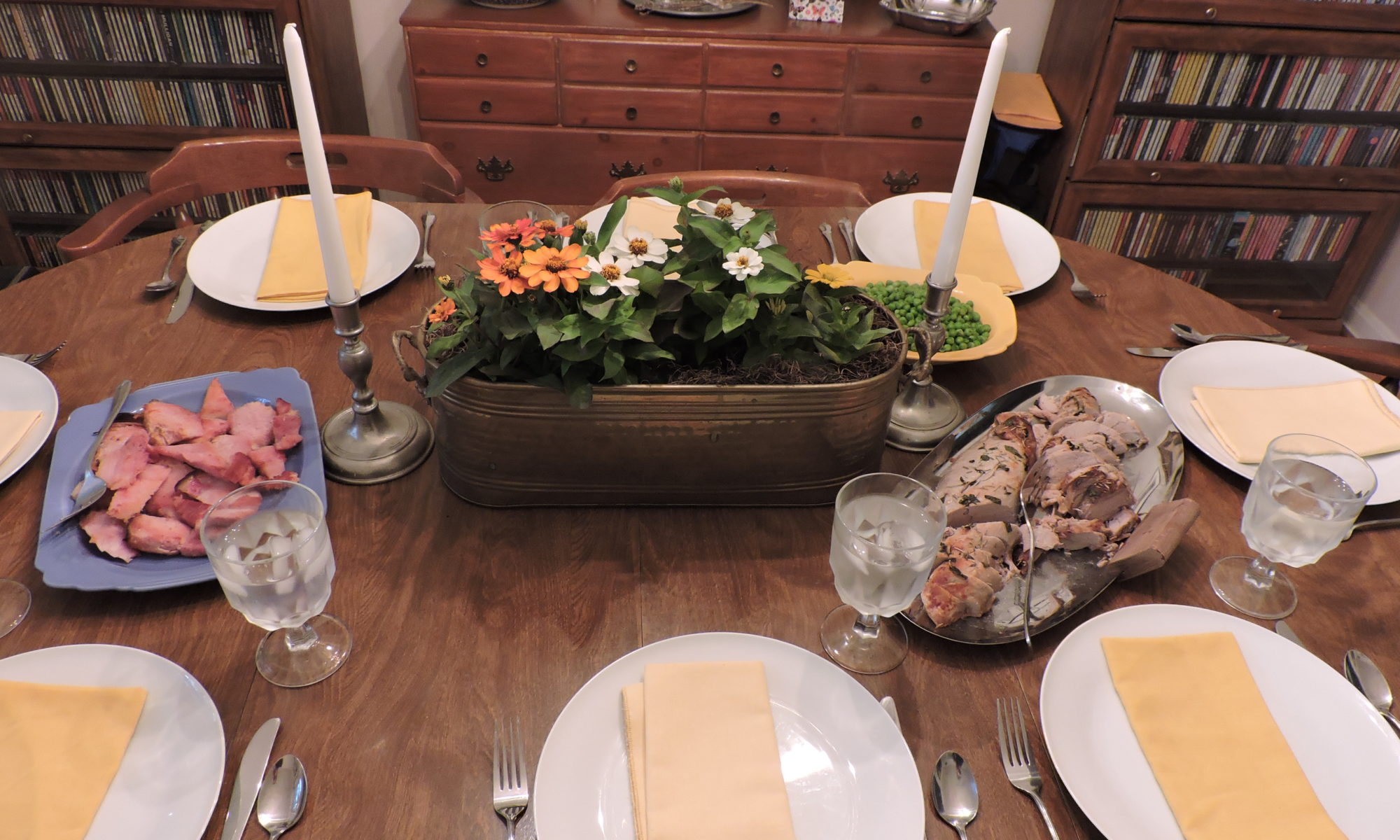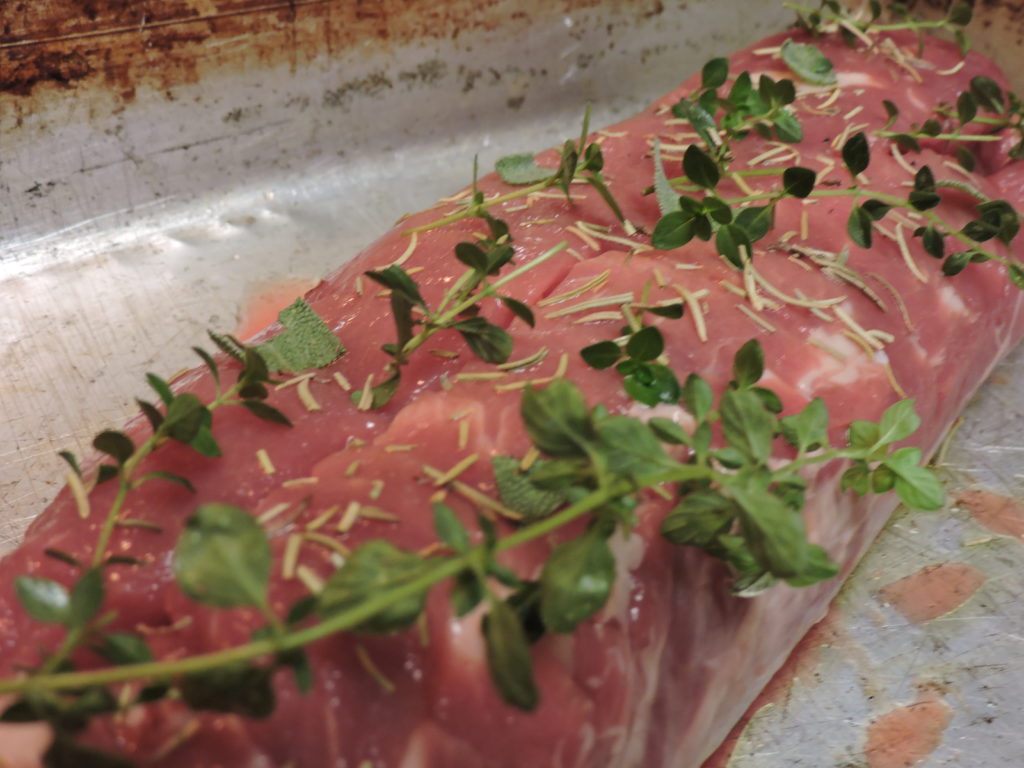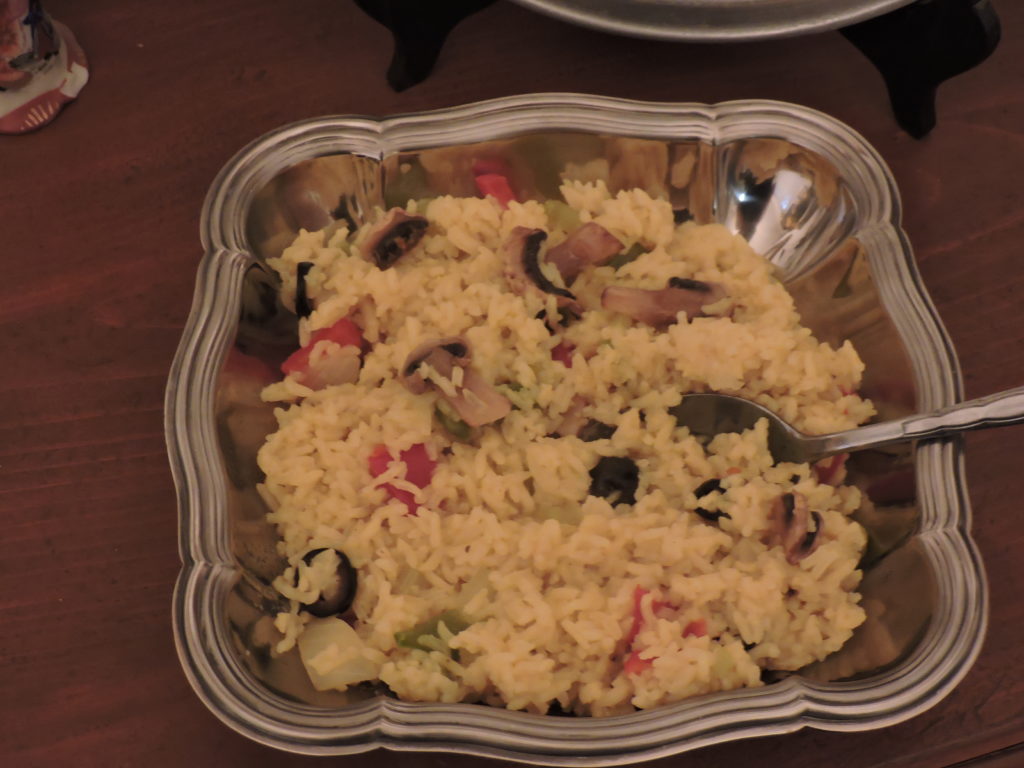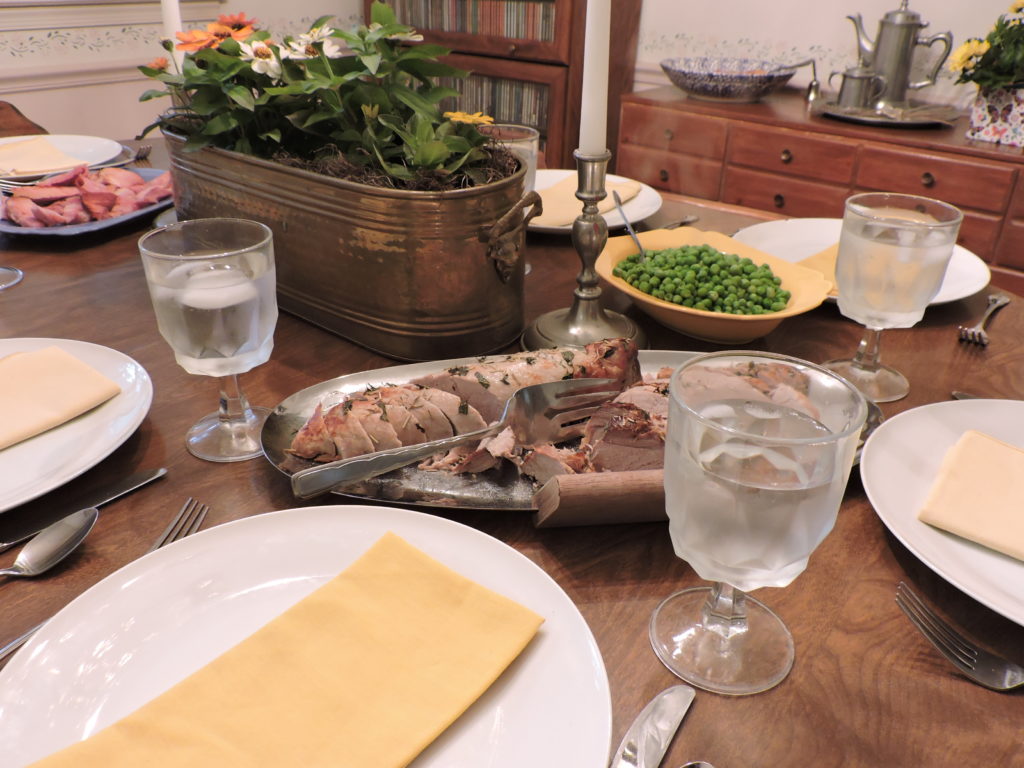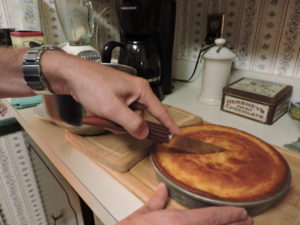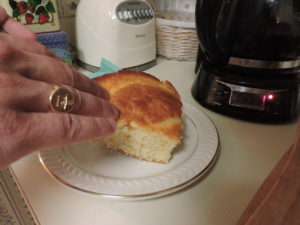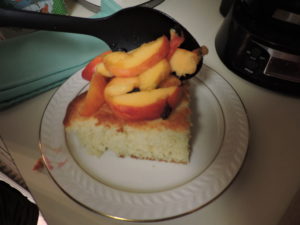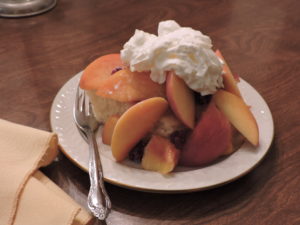We’ve had a warm autumn so I’m not quite prepared on November 10th when the weather report calls for the first frost to occur overnight. By afternoon, the temperature is already dropping so I head for my garden to harvest herbs, collards and a veritable bounty of green tomatoes. I also grab some “pie variety” pumpkins.

I’ll dry or dehydrate the herbs on trays in the refrigerator while I spread my green tomatoes out on the marble counter to ripen or be used “as is” in recipes. The collards are headed for the saute pan for dinner but the pumpkins will be turned into puree.
Smaller and more solid than the large ornamental varieties used for Halloween jack-o-lanterns or porch decorations, pie pumpkins yield a lot of bright orange flesh to puree for soups, muffins, pancakes, pies and other desserts along with seeds for roasting. I turn my pumpkins into puree which I divide into 8 oz. portions and freeze. Here’s how to do it:
Pumpkin Puree
(This puree may also be made with acorn, butternut or other winter squash)
- Wash pie pumpkins – Do not peel
- Fill a large baking pan with 2 to 3 inches of water.
- Add 1 large or two small pumpkins to each pan.
- Bake at 375 degrees until done. (Rind will darken, take on a sheen…sides will collapse and flesh will be soft.)
- Cut pumpkin in half and scoop out the seeds (rinse and save for roasting)
- Scoop out flesh into large container
- Use hand blender to turn the flesh into a smooth puree. Alternatively, add the flesh to a food processor or blender.
- Divide the puree into ½ cup or 1 cup portions and use or freeze.
Pumpkins and squash are loaded with vitamins and minerals and the seeds are nutritional powerhouses.
One of my favorite uses for pumpkin puree is to make my mother Margaret Owings’ pumpkin cake. She dictated the recipe to me over the phone and I jotted it down in my recipe book. I called it Grandma Owings’ Pumpkin Bread. Whenever I make it, my kitchen smells heavenly. Rich, moist and fragrant with spices, the bread is truly comfort food for the soul.
Mom’s recipe was “purely pumpkin” though she often added nuts. While she generally made two loaves at a time, I prefer to make one. I’ll improvise and toss in extra ingredients like nuts, seeds, or raisins. Here’s my latest version of her recipe.
Grandma Owings’ Pumpkin Bread
8 ounces (1 cup) pumpkin puree or canned pumpkin
1-1/2 cups sugar
1/2 cup oil
1/3 cup water
2 eggs
1-3/4 cup flour
1 tsp. baking soda
1/2 tsp. salt
1 /2 tsp. cinnamon
1/2 tsp. nutmeg (or grate fresh nutmeg if you have it)
1/4 tsp. ginger
1/4 cup raisins plumped in hot water
1/4 cup unsalted roasted sunflower seeds
2 handfuls of fresh cranberries chopped
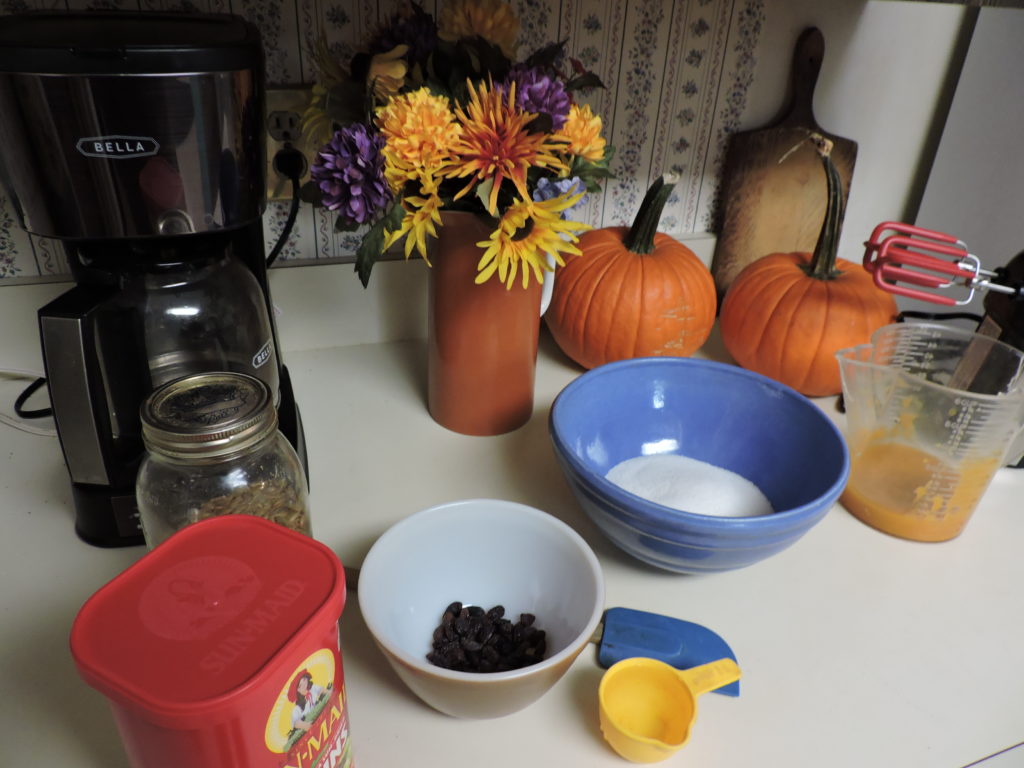
Plump the raisins by pouring scalding water over them while you assemble the other ingredients.
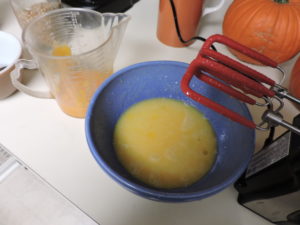
Combine oil and water with sugar and and mix.
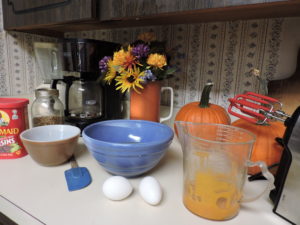
Add eggs and pumpkin and continue to mix until frothy.
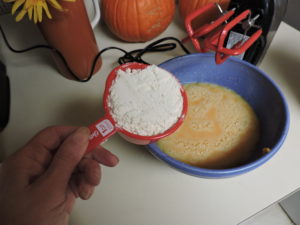
Then add flour, the teaspoon of soda, 1/2 teaspoon of salt, 1/2 teaspoon of cinnamon and nutmeg and 1/4 teaspoon ginger.
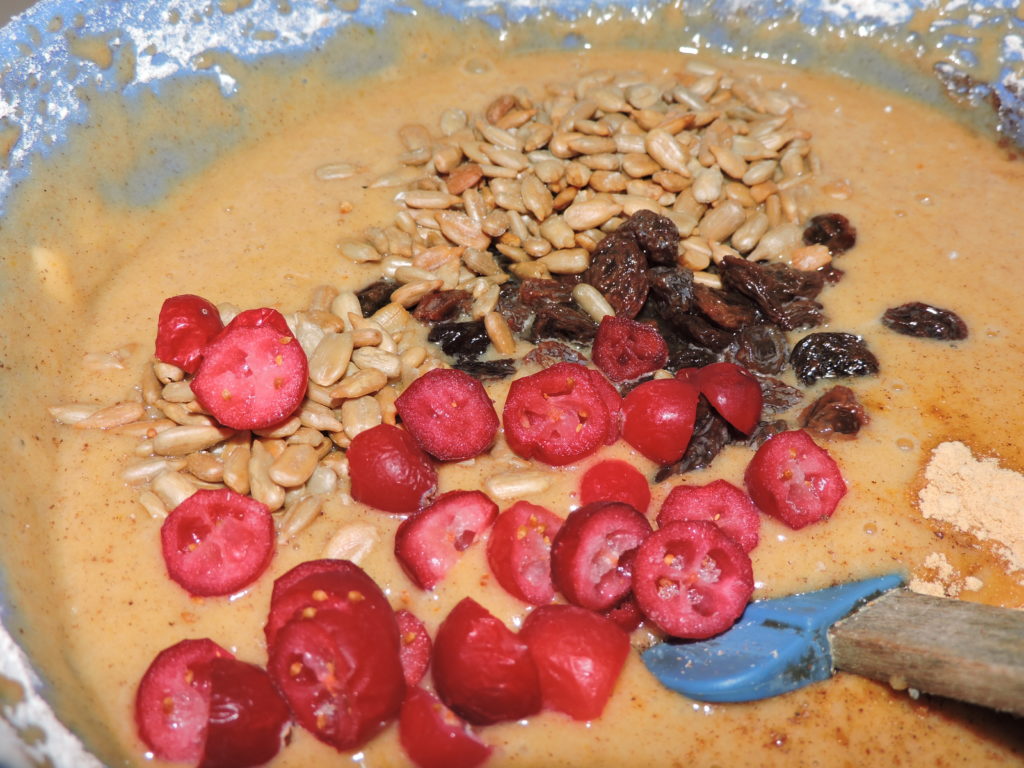
Finish by adding a handful or two of fresh cranberries that you’ve chopped along with the quarter cup of plumped raisins and quarter cup of sunflower seeds for texture and crunch

Pour mixture into a loaf pan which you’ve greased or oiled. (I line the bottom of the pan with parchment paper so the loaf comes out easily.) Bake at 350 degrees for 50 or 60 minutes.
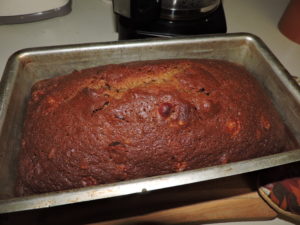
The aroma of the baking bread is amazing. You’ll know it’s done when it’s golden brown and firm to the touch.. Remove the loaf from the oven and allow to sit for five minutes.
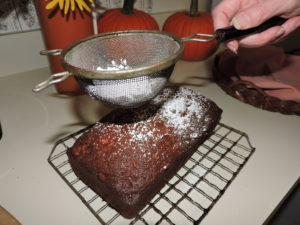
Then turn it out on a cooling rack. When cool, sprinkle with confectioner’s sugar.
The final step complete, move the loaf to a pretty plate or tray and find a serrated knife for slicing.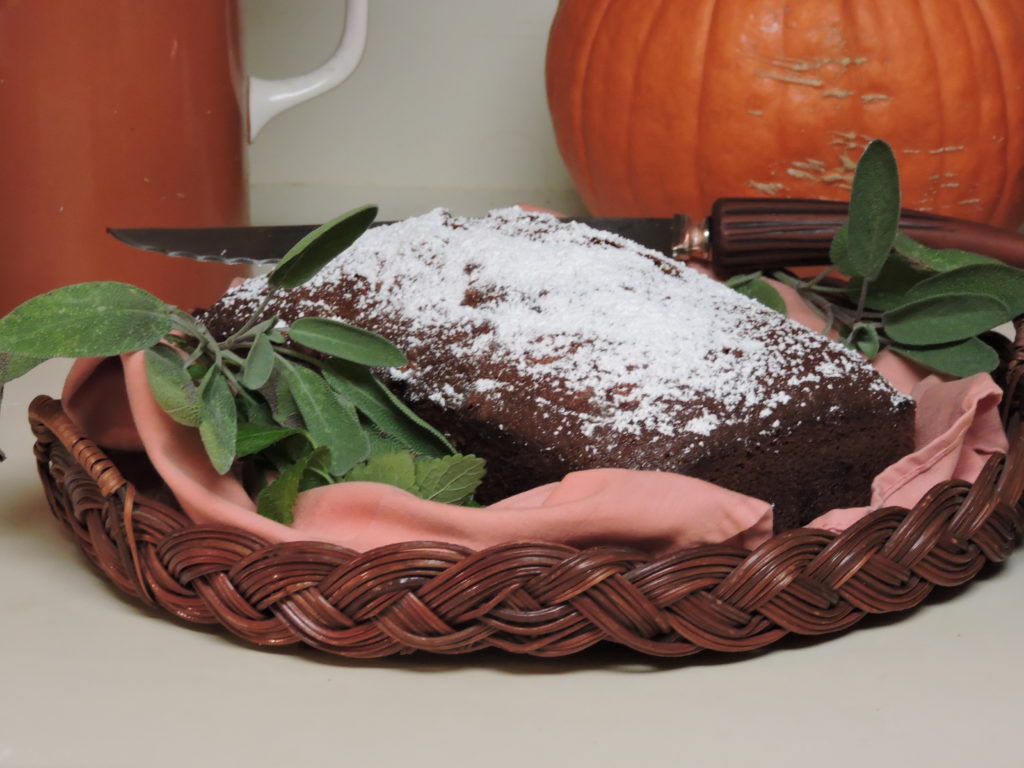 Offer slices to your family and friends with a glass of milk or a cup of coffee or tea. They’ll likely ask for seconds.
Offer slices to your family and friends with a glass of milk or a cup of coffee or tea. They’ll likely ask for seconds.
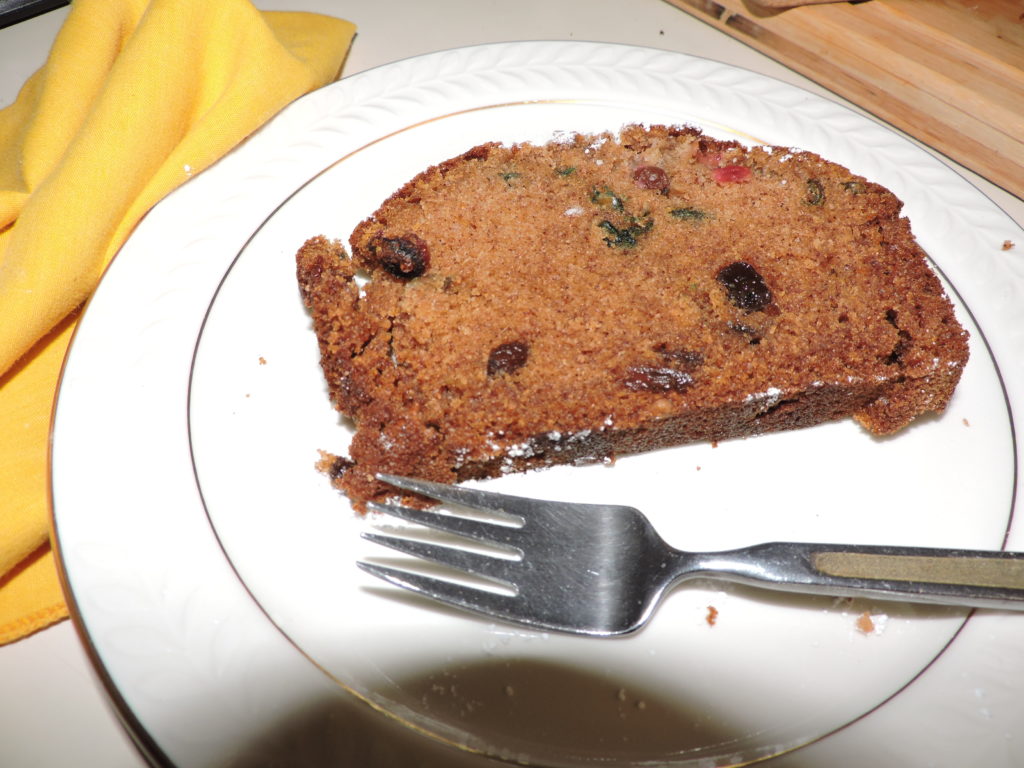
Having made five different pumpkin bread recipes from my cookbook collection over the years, I have to say this is the best of them. It’s especially enjoyable during the holidays and makes a wonderful hostess gift. Hope you enjoy it as much as I do..

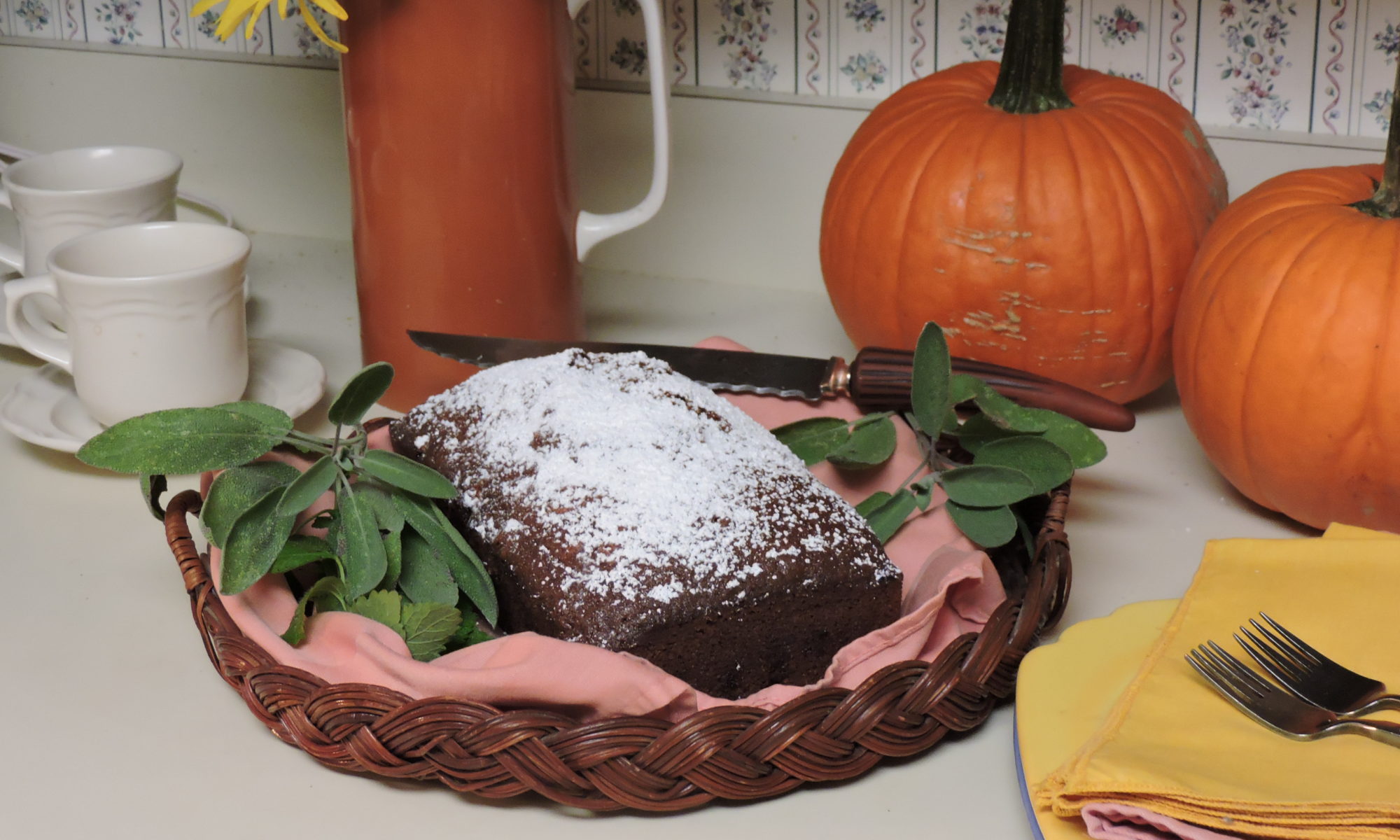
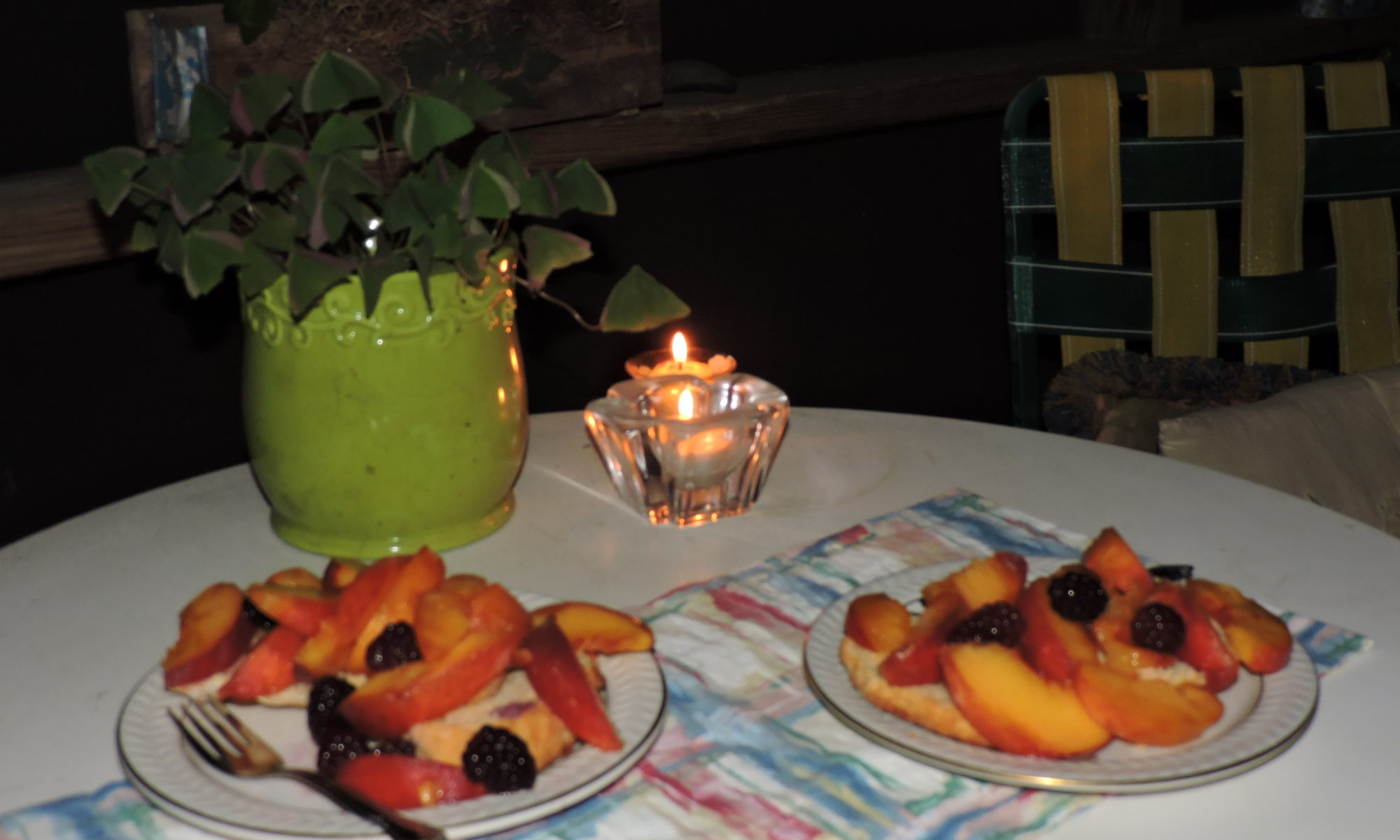
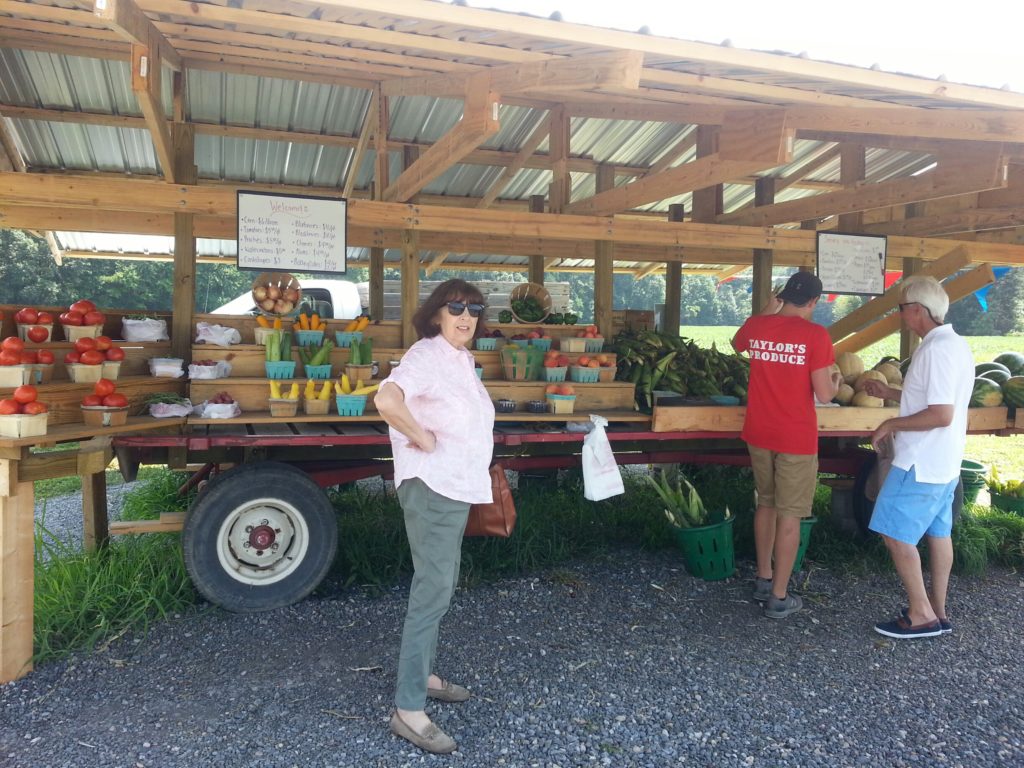





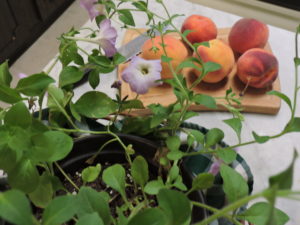
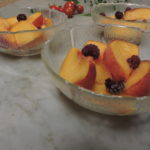 to fancy them up. Unlike my grandmothers who sometimes topped peaches with cream straight from the cow, I offered
to fancy them up. Unlike my grandmothers who sometimes topped peaches with cream straight from the cow, I offered  Luckily, I reserved enough peaches for that shortcake I was craving.
Luckily, I reserved enough peaches for that shortcake I was craving.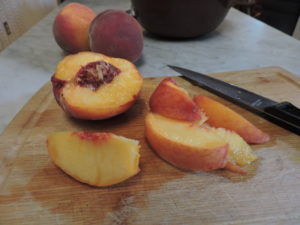 I first prepared the peaches by slicing them into a bowl, sprinkling a tablespoon or two of sugar over the top and placing them into the refrigerator. Then I got to work preparing the shortcake dough . Both grandmothers’ recipes are lost in time but I believe they modeled their shortcakes on biscuit recipes while my mother used
I first prepared the peaches by slicing them into a bowl, sprinkling a tablespoon or two of sugar over the top and placing them into the refrigerator. Then I got to work preparing the shortcake dough . Both grandmothers’ recipes are lost in time but I believe they modeled their shortcakes on biscuit recipes while my mother used 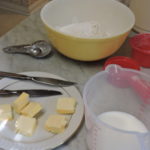
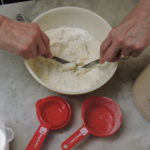
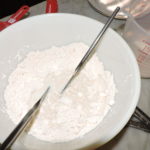
 Use a three inch cutter or glass dusted with flour to make rounds of dough and place on a cookie sheet. (I use my faithful old aluminum one.)
Use a three inch cutter or glass dusted with flour to make rounds of dough and place on a cookie sheet. (I use my faithful old aluminum one.)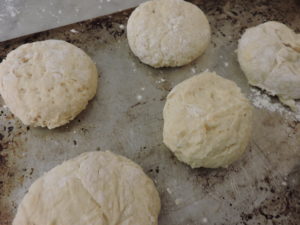
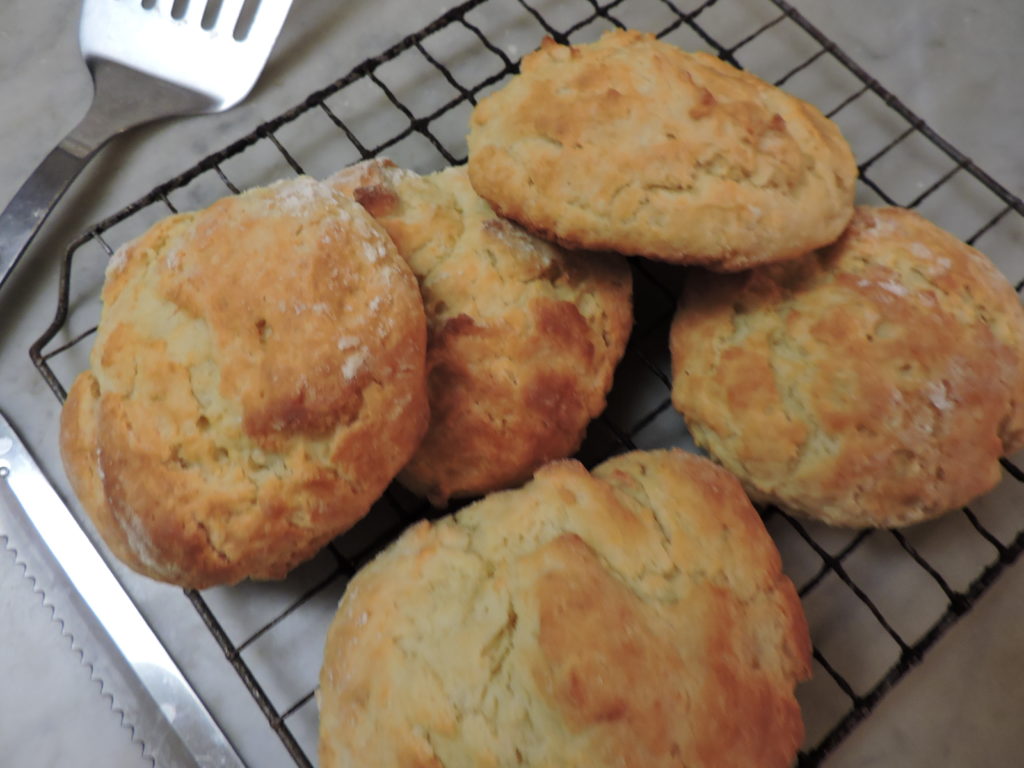
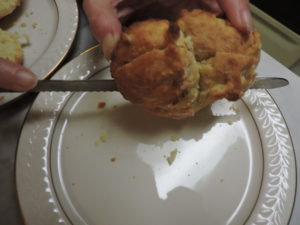
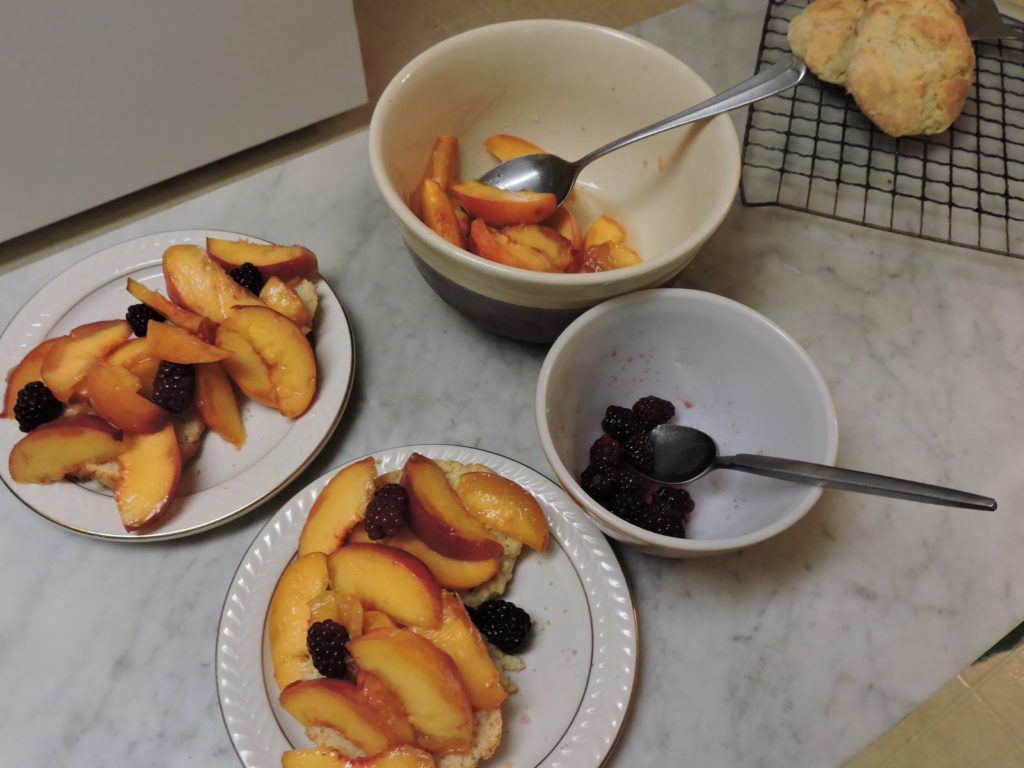

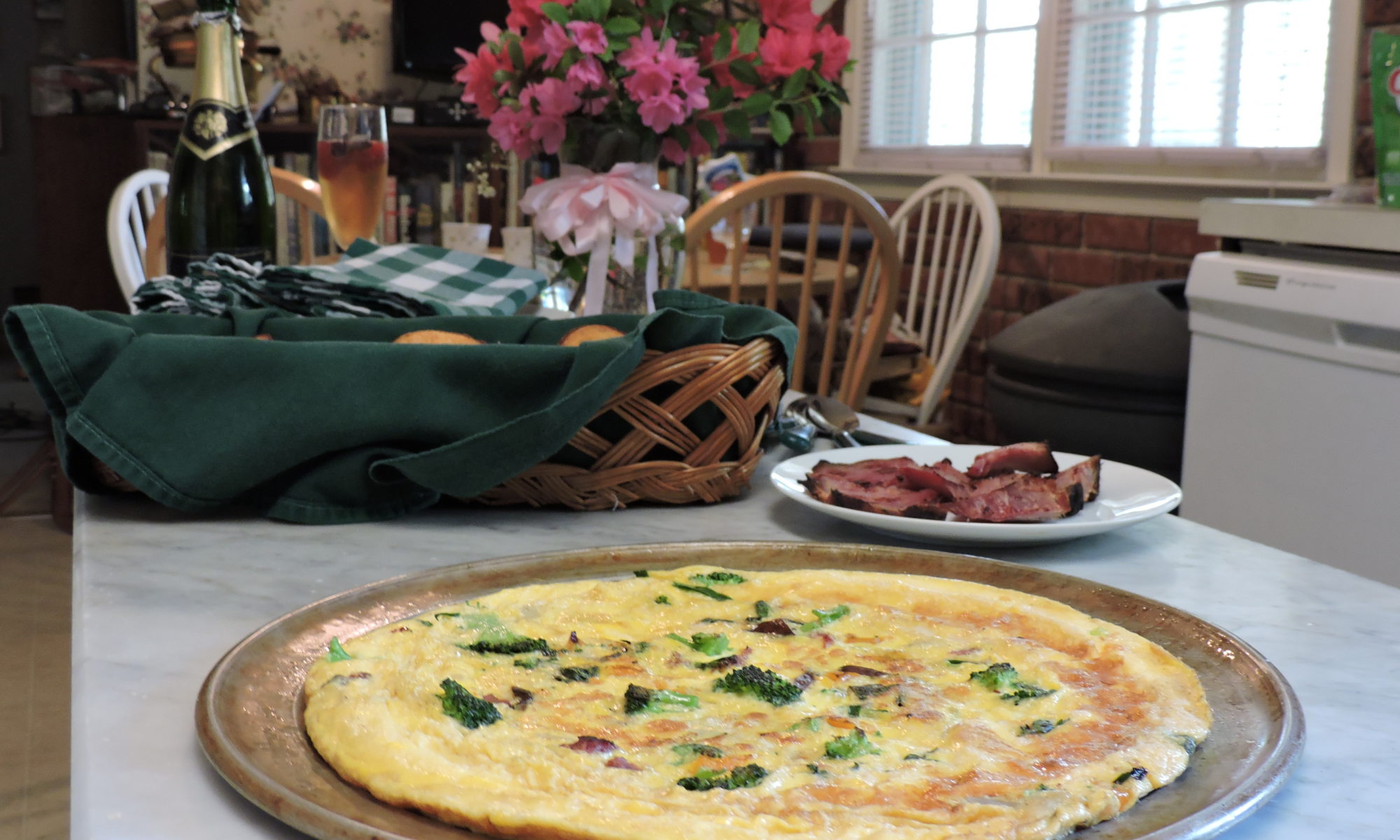
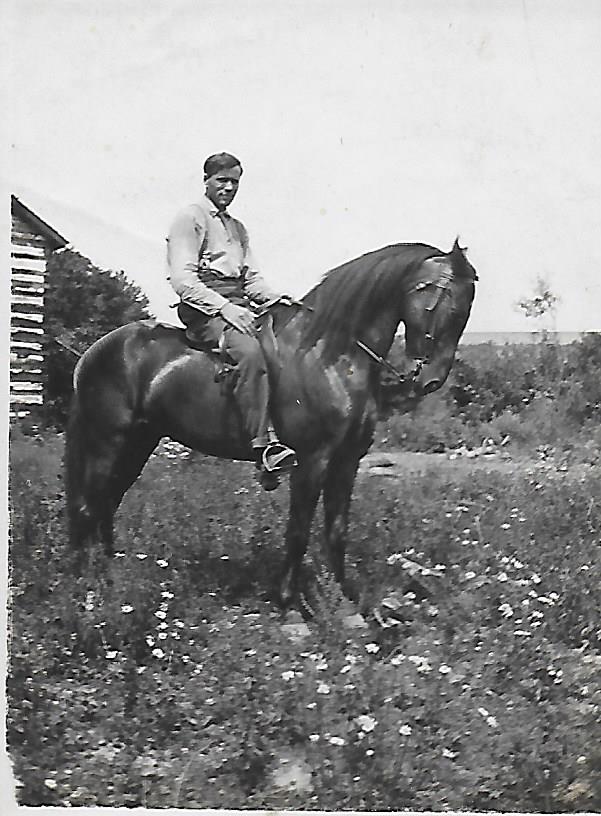
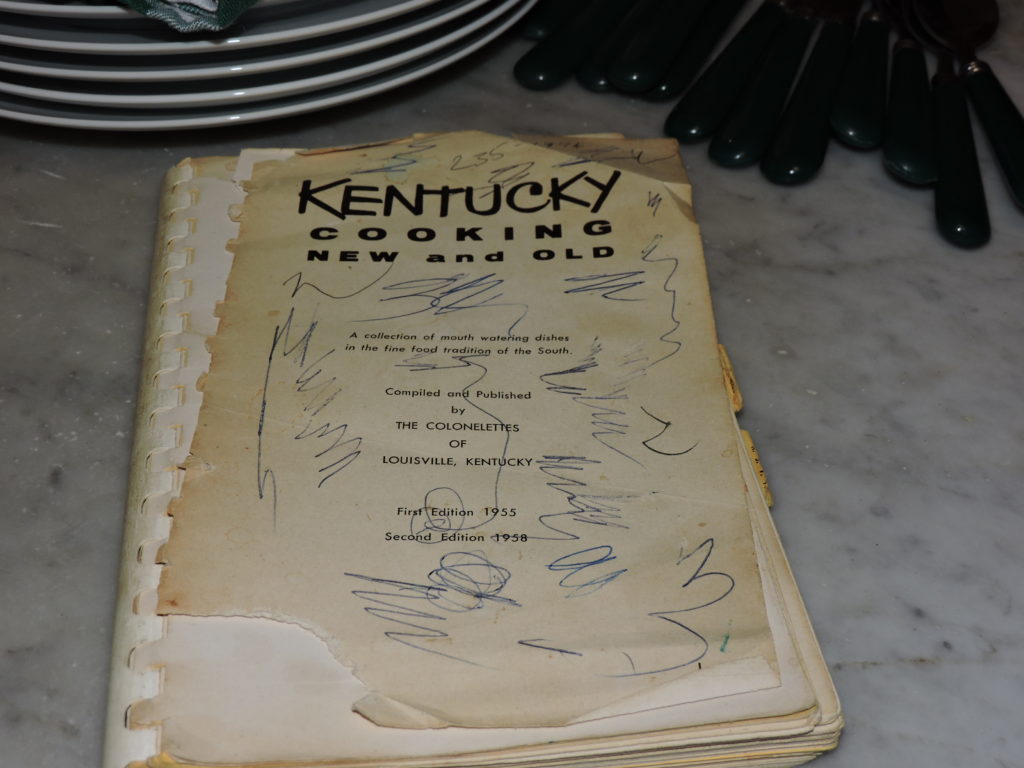 Thumbing through one day, I came across the menu for the Susemichels’ Derby Breakfast seen below. I adopted the basic menu but generally prepare mine as a brunch. I love the idea of a simple but elegant Champagne Compote floating with strawberries. But I change out the scrambled eggs for an omelette and sometimes substitute corn or oatmeal muffins for the biscuits. I invited my son Eric Tegler- a deft hand with omelettes or fish – to come cook with me.
Thumbing through one day, I came across the menu for the Susemichels’ Derby Breakfast seen below. I adopted the basic menu but generally prepare mine as a brunch. I love the idea of a simple but elegant Champagne Compote floating with strawberries. But I change out the scrambled eggs for an omelette and sometimes substitute corn or oatmeal muffins for the biscuits. I invited my son Eric Tegler- a deft hand with omelettes or fish – to come cook with me.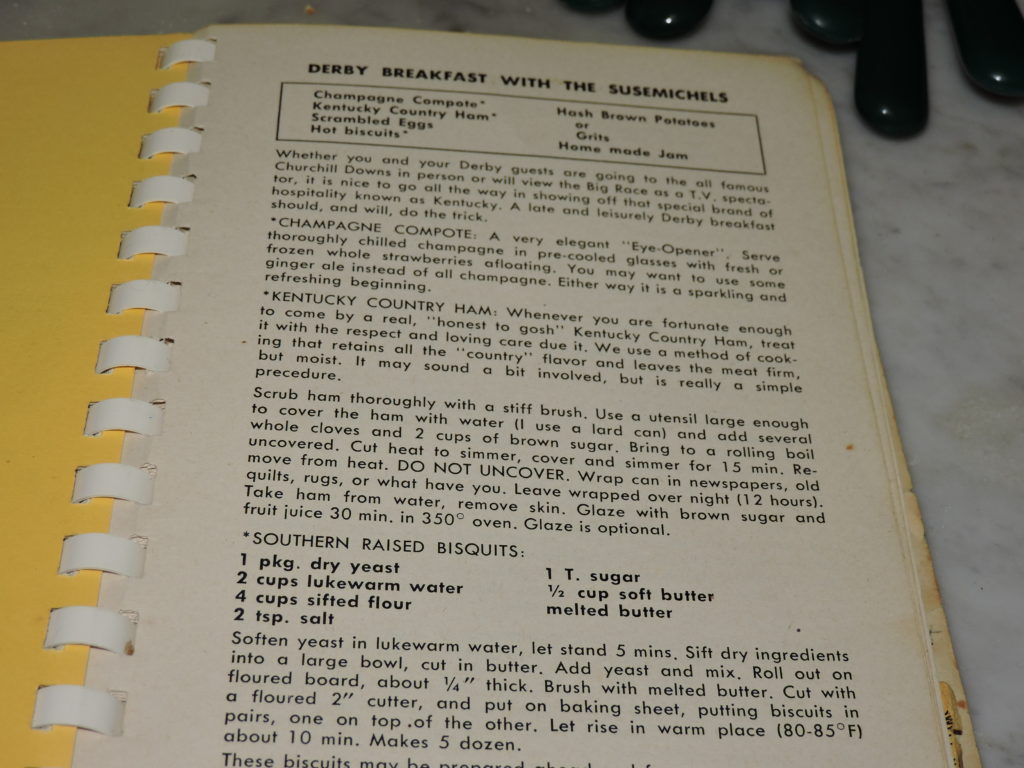
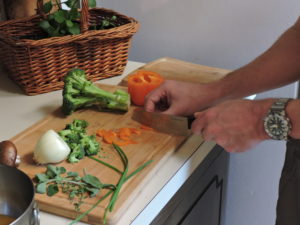
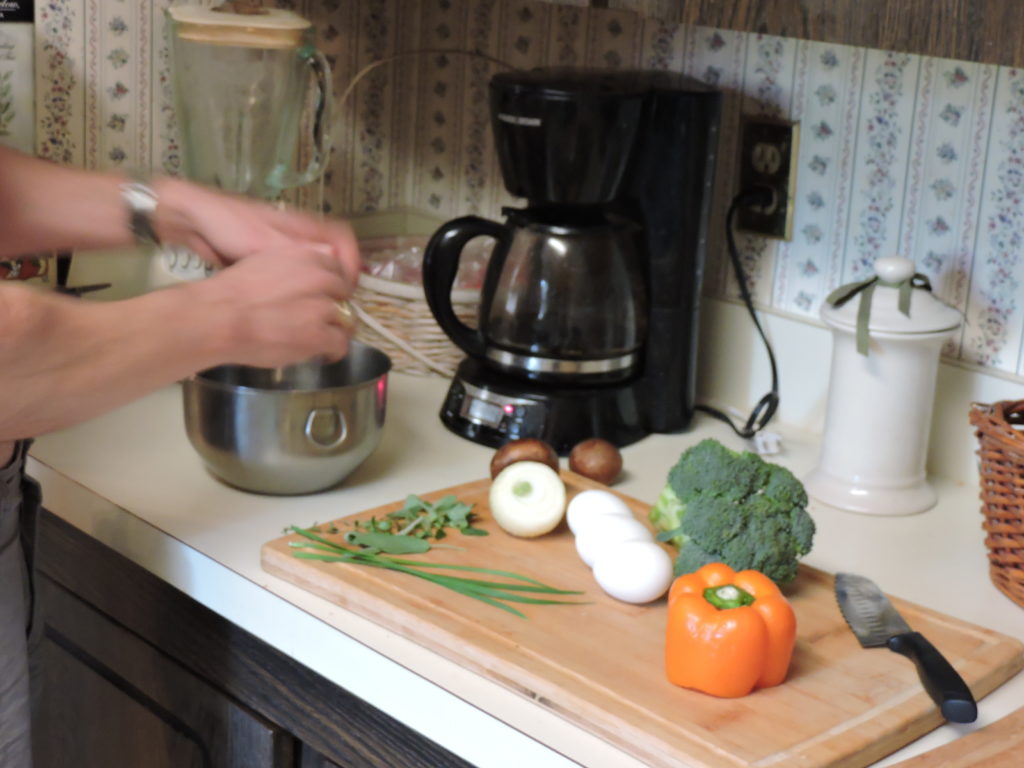
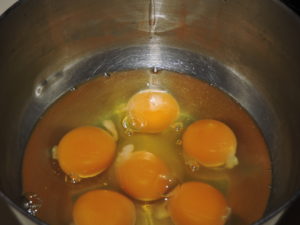
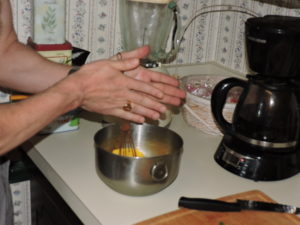 Eric’s whisking technique is unconventional to say the least. He rotates the whisk handle between his palms “at speed”. He compares the action to using a vintage hand-drill.
Eric’s whisking technique is unconventional to say the least. He rotates the whisk handle between his palms “at speed”. He compares the action to using a vintage hand-drill.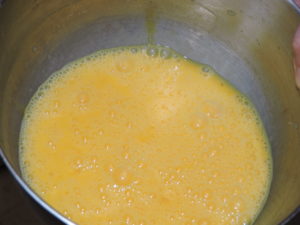
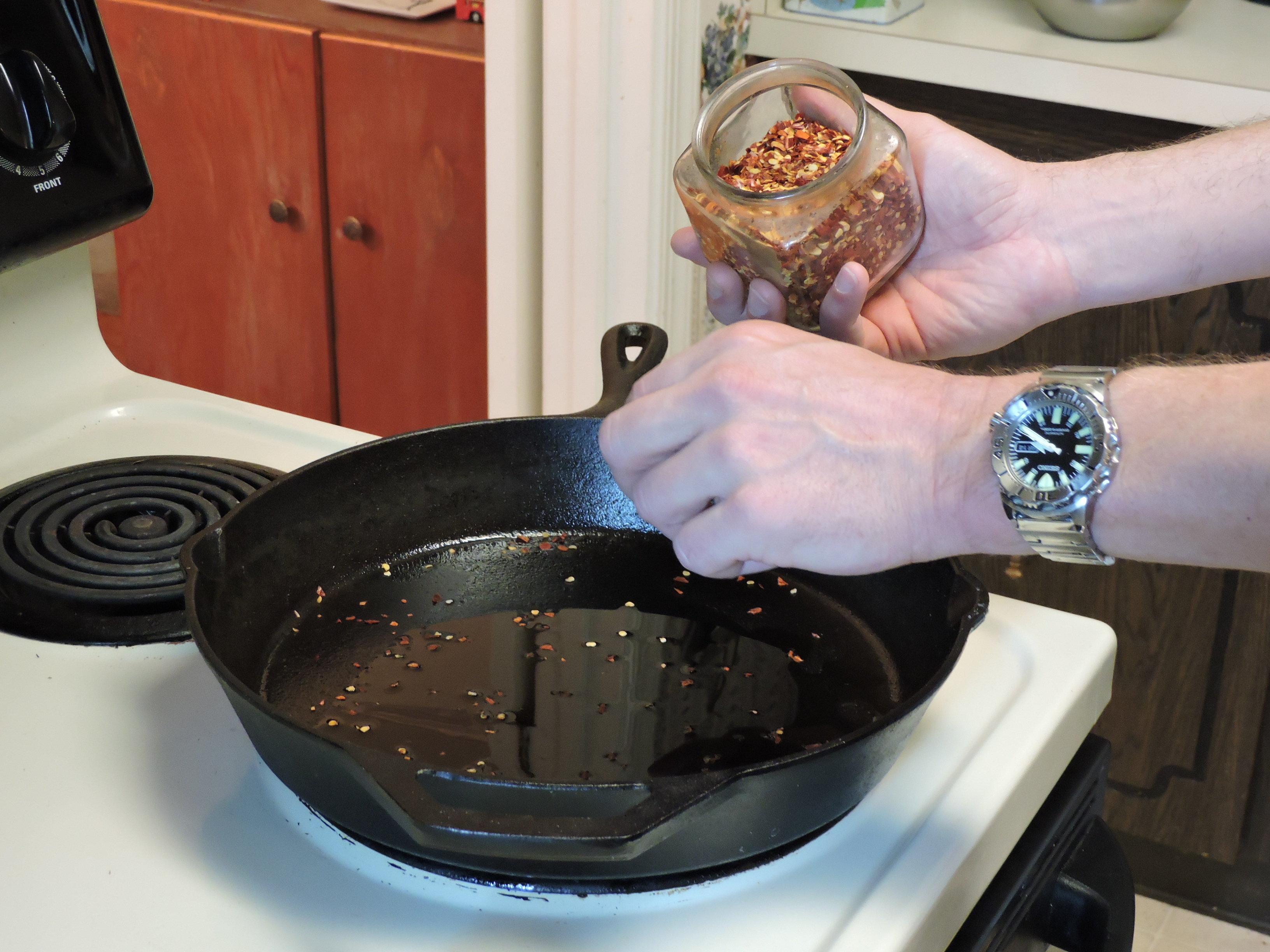 Add diced veggies all at once…
Add diced veggies all at once… 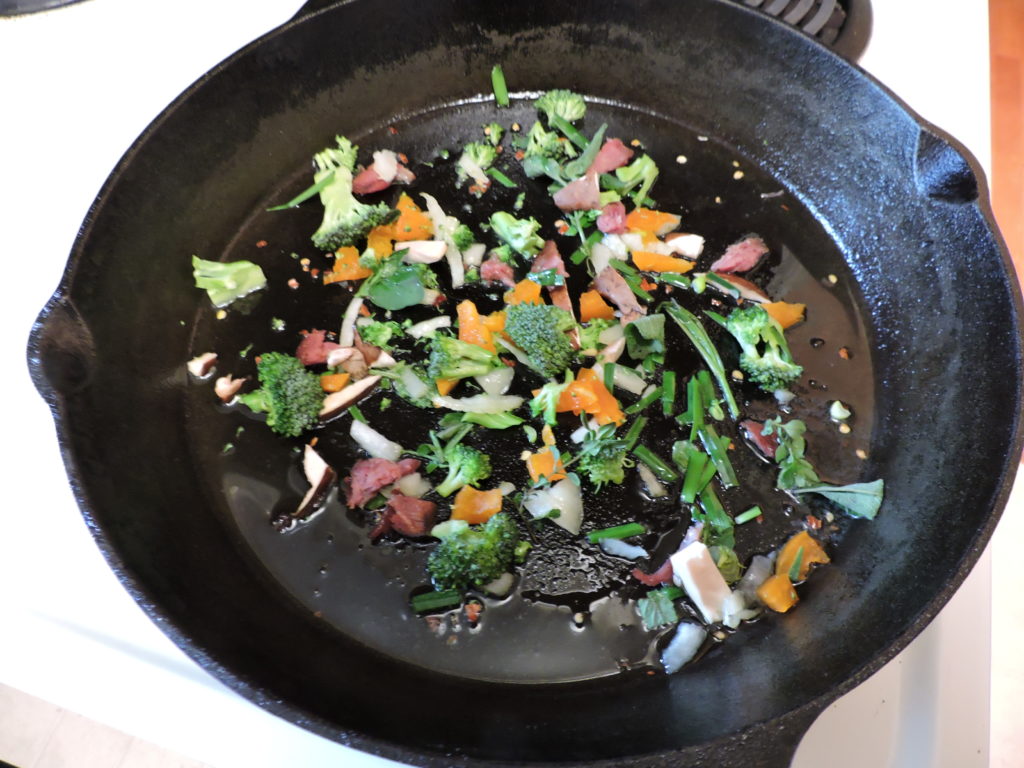
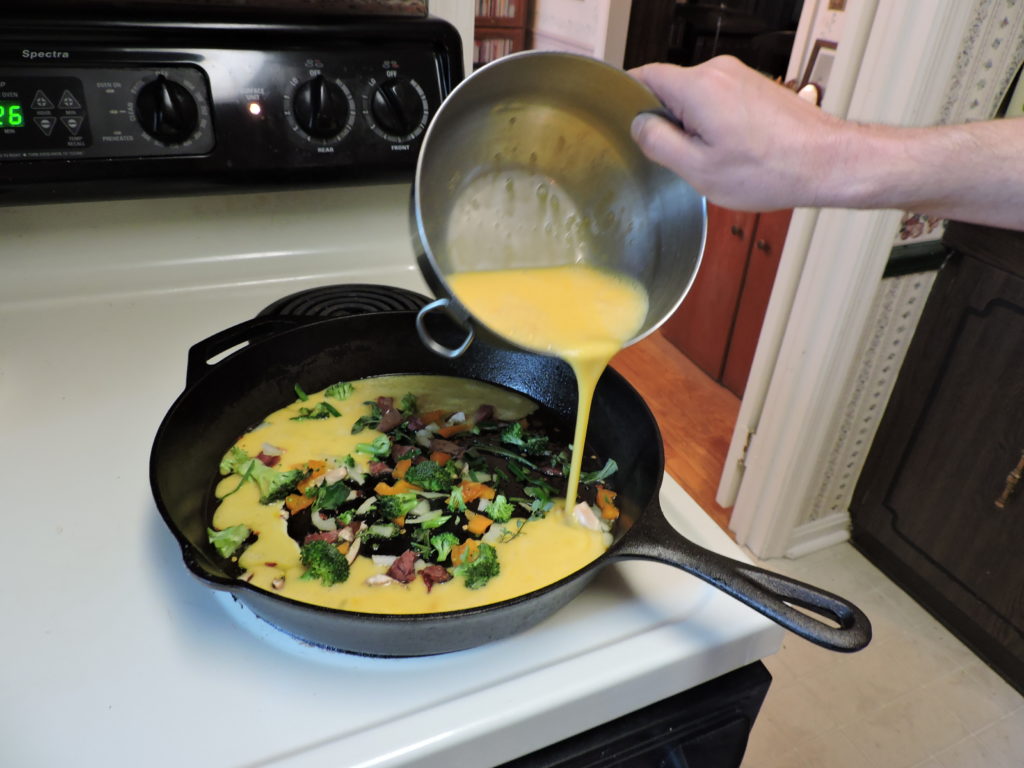 Ta da!
Ta da!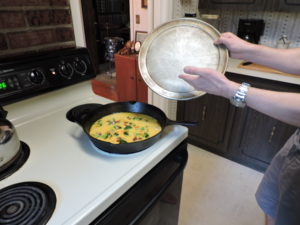
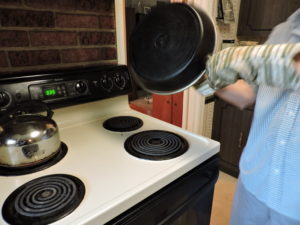
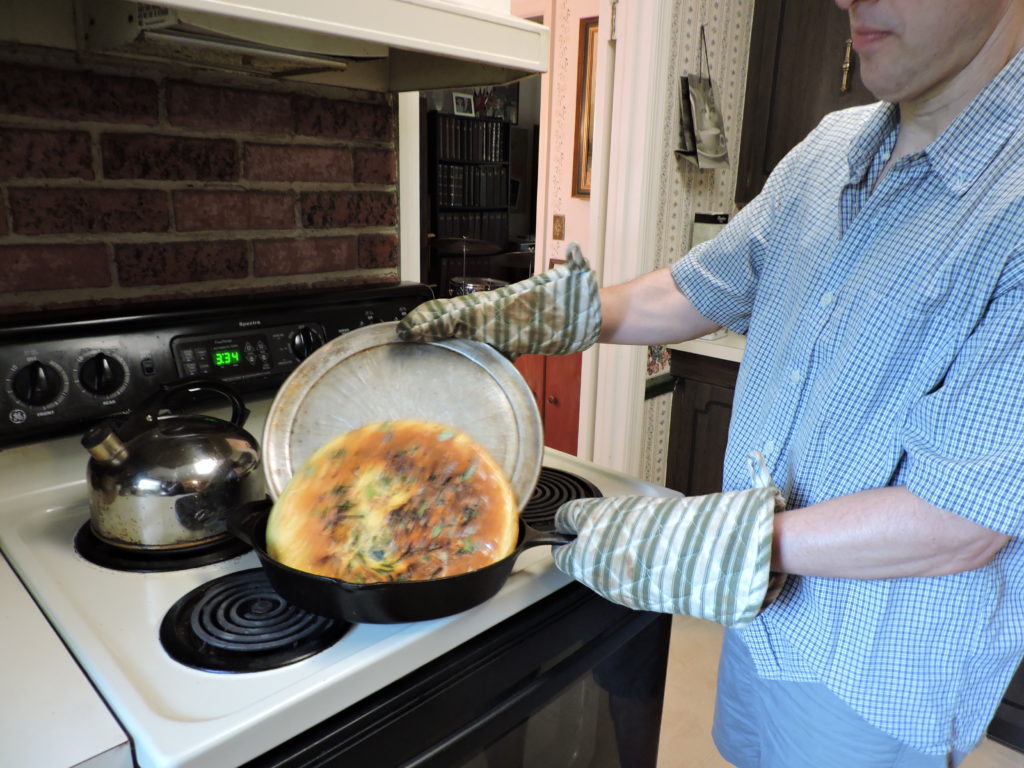
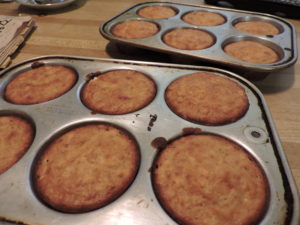 the (chilled) champagne and pour it over frozen strawberries and black raspberries. Check the omelette and, if done, slide it out onto the pizza pan which doubles as a serving plate. Then invite your guests to grab a plate, help themselves and find a seat at the table.
the (chilled) champagne and pour it over frozen strawberries and black raspberries. Check the omelette and, if done, slide it out onto the pizza pan which doubles as a serving plate. Then invite your guests to grab a plate, help themselves and find a seat at the table.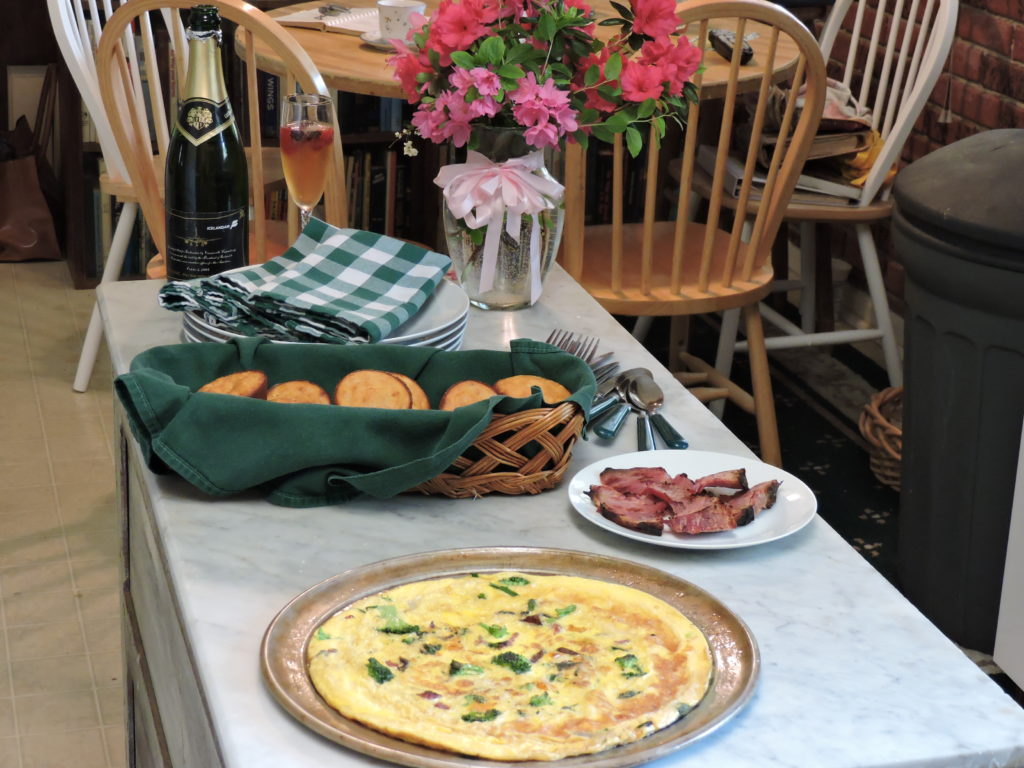


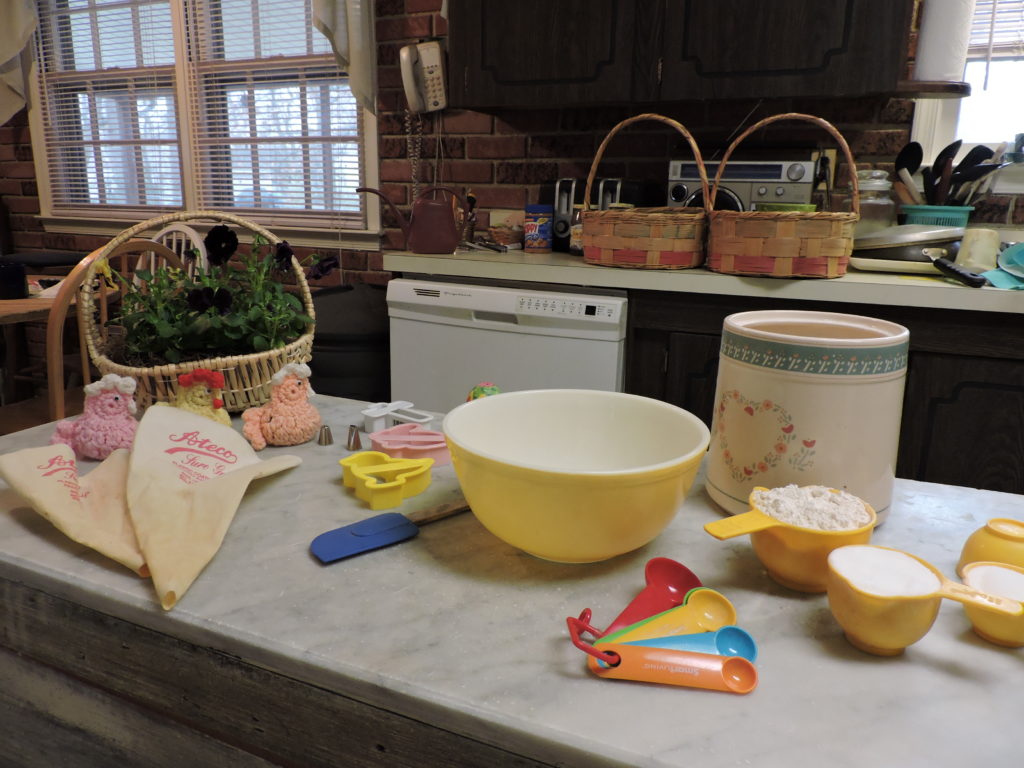
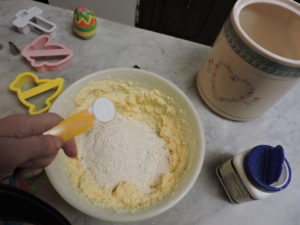
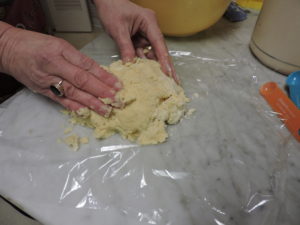
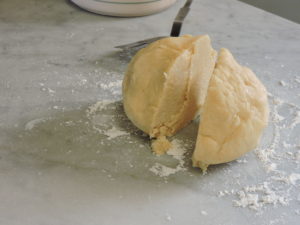 lightly floured surface.
lightly floured surface.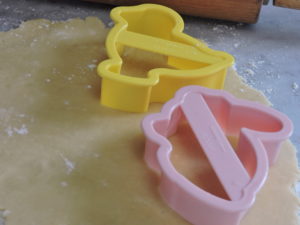
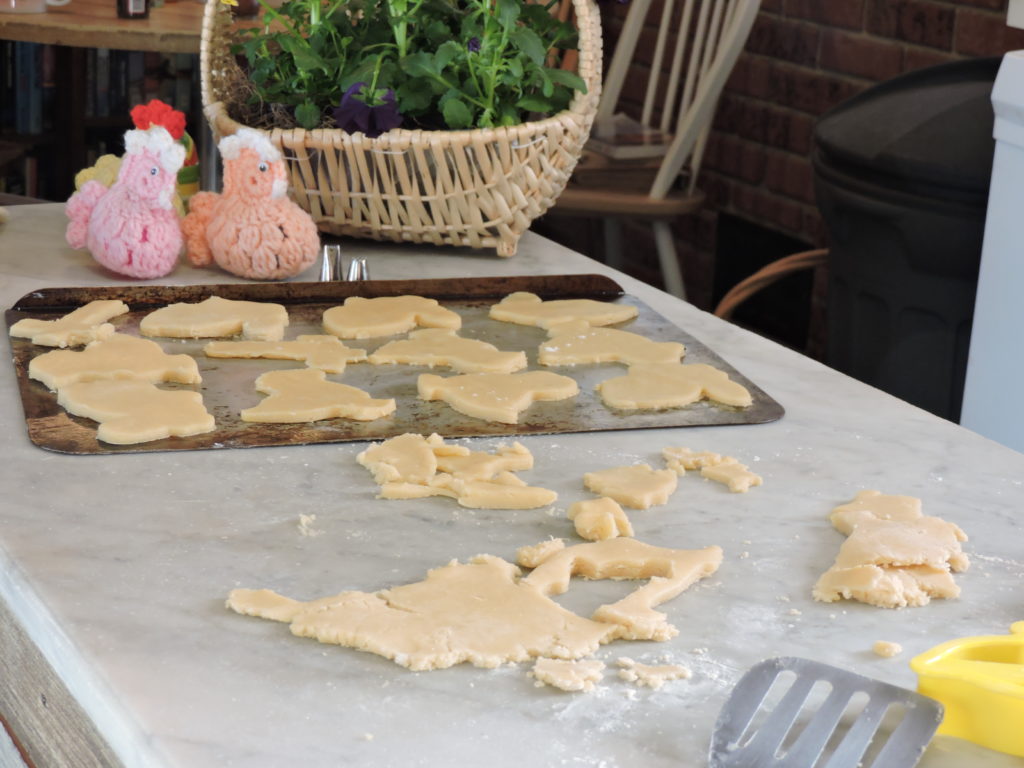 Cool on a rack and prepare icing. Divide into as many bowls as you like and add food coloring.
Cool on a rack and prepare icing. Divide into as many bowls as you like and add food coloring. 
 The cookies are delicious plain but it’s more fun to decorate them. You can
The cookies are delicious plain but it’s more fun to decorate them. You can 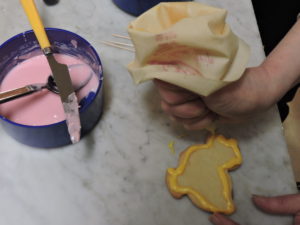 spread icing over the entire cookie or you can outline them.
spread icing over the entire cookie or you can outline them.
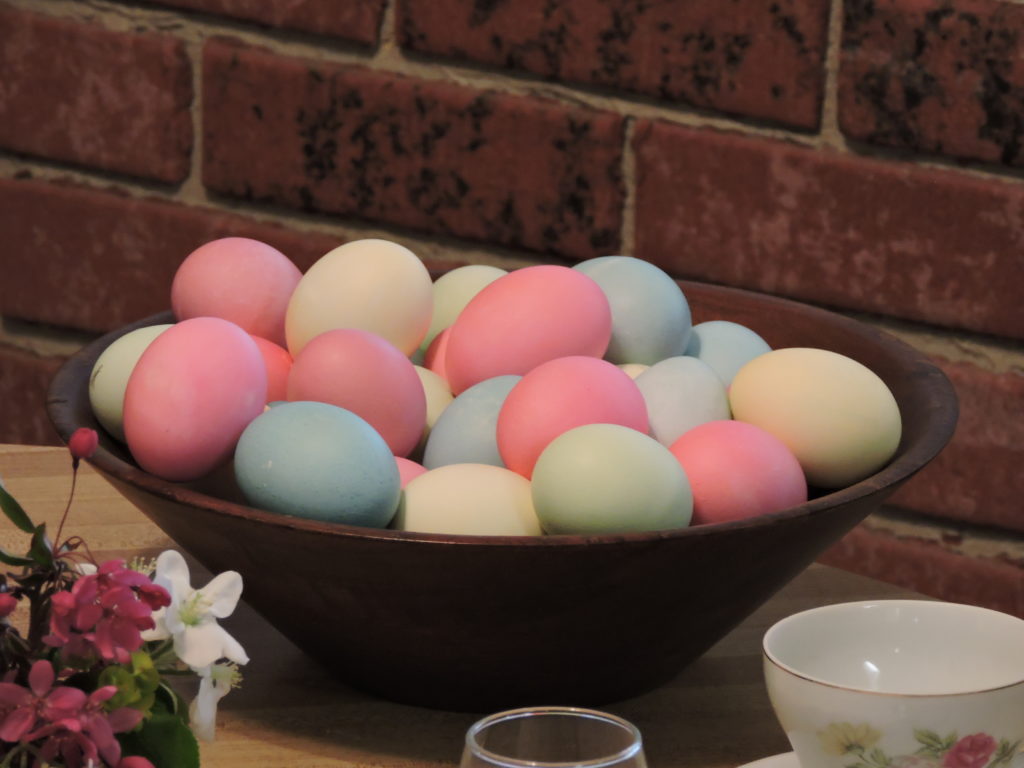
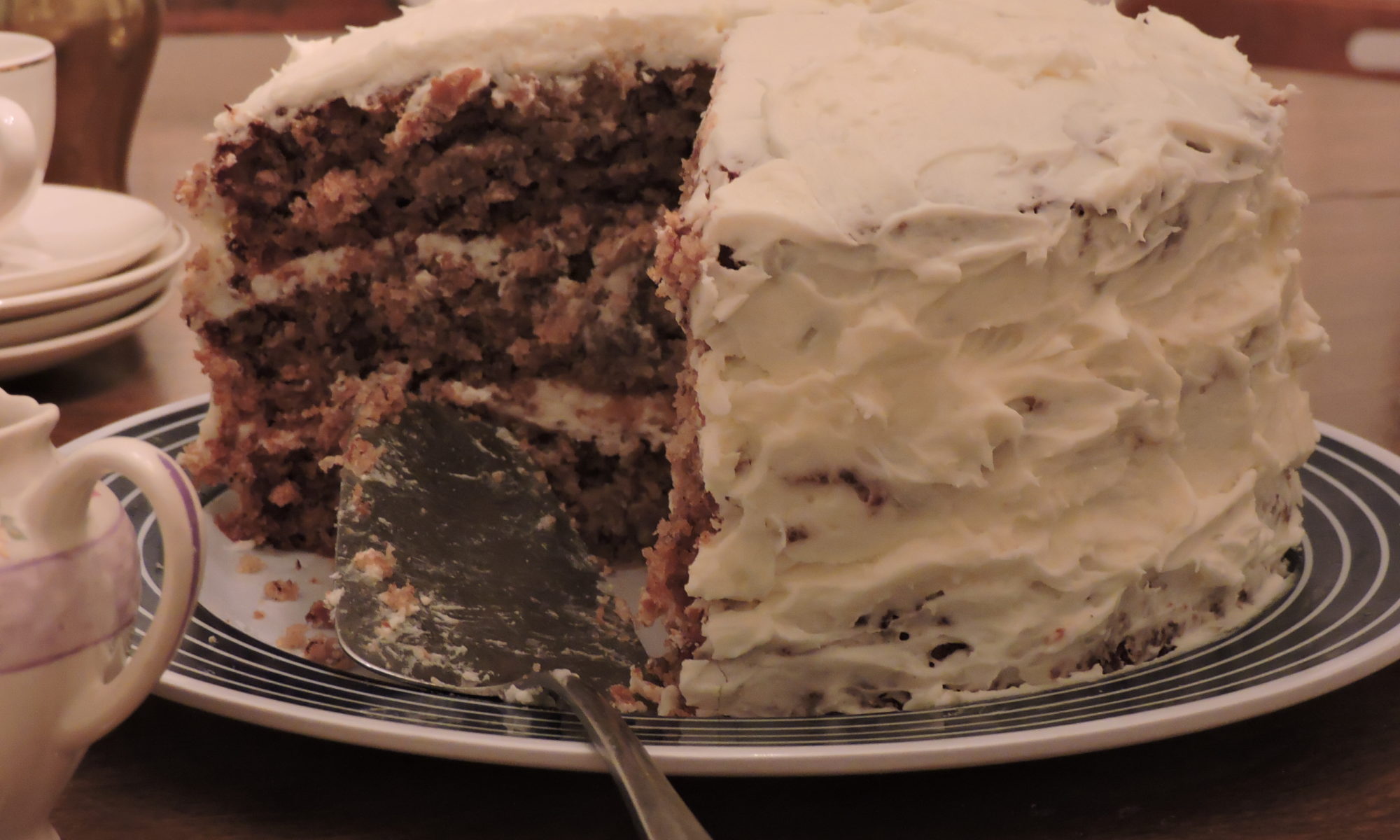


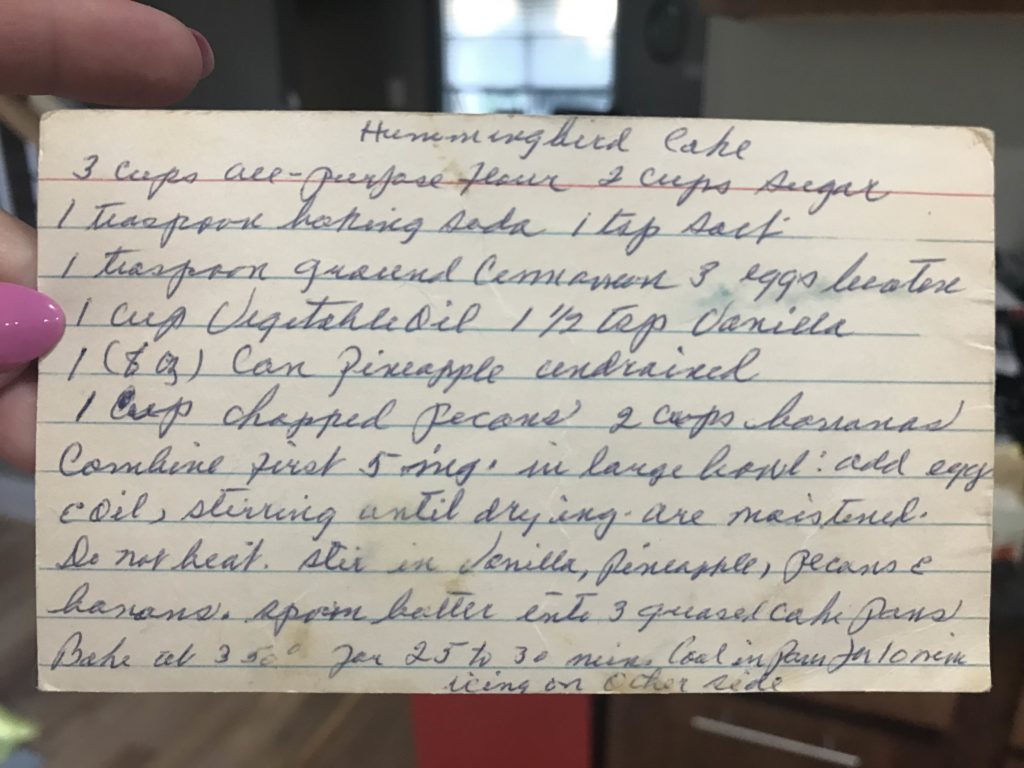
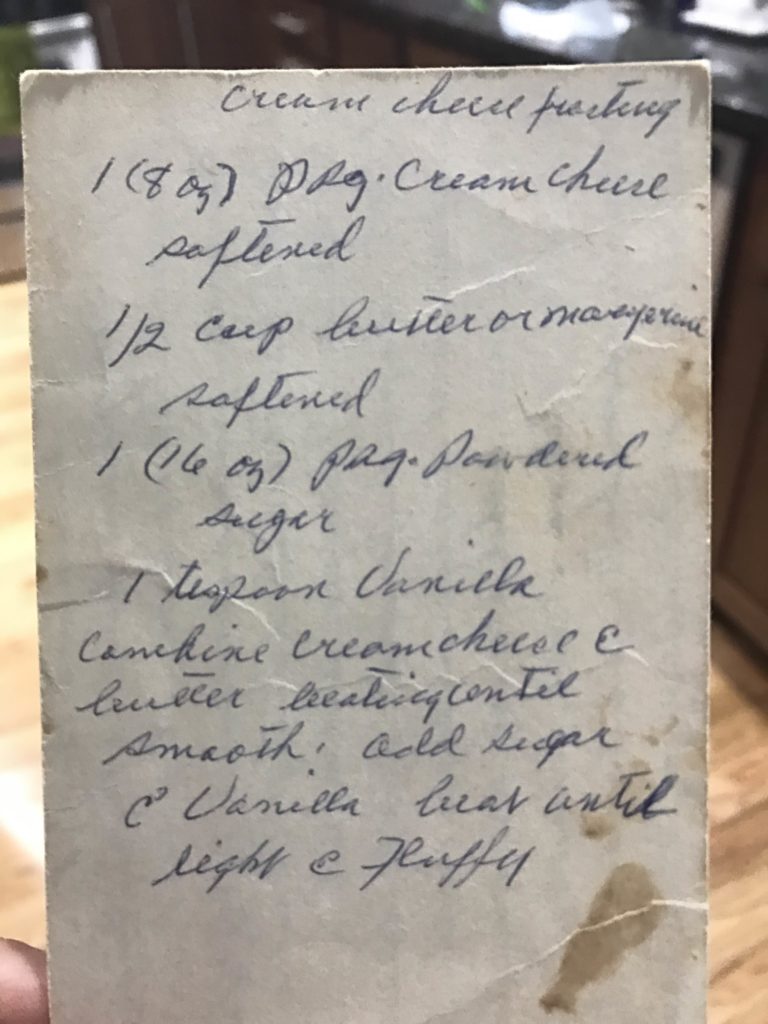

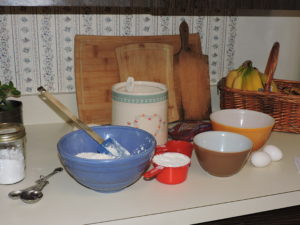
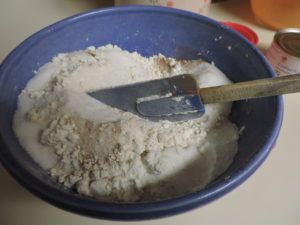
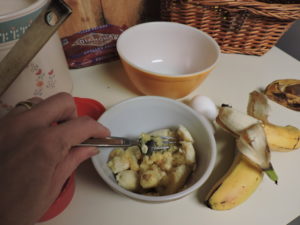
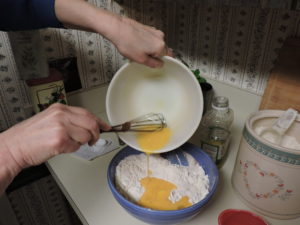
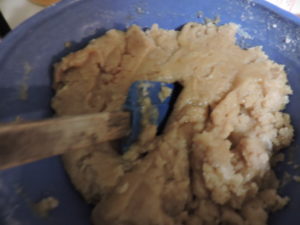
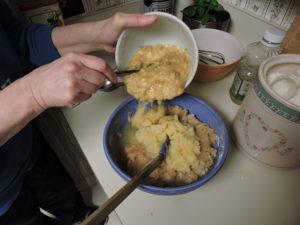
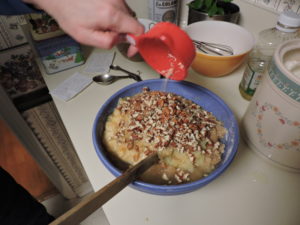
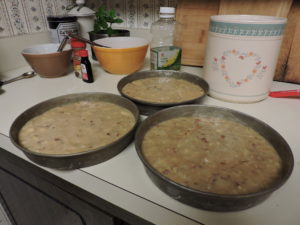
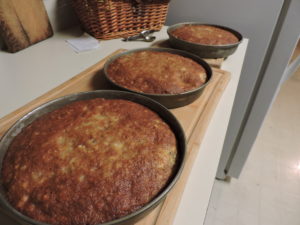
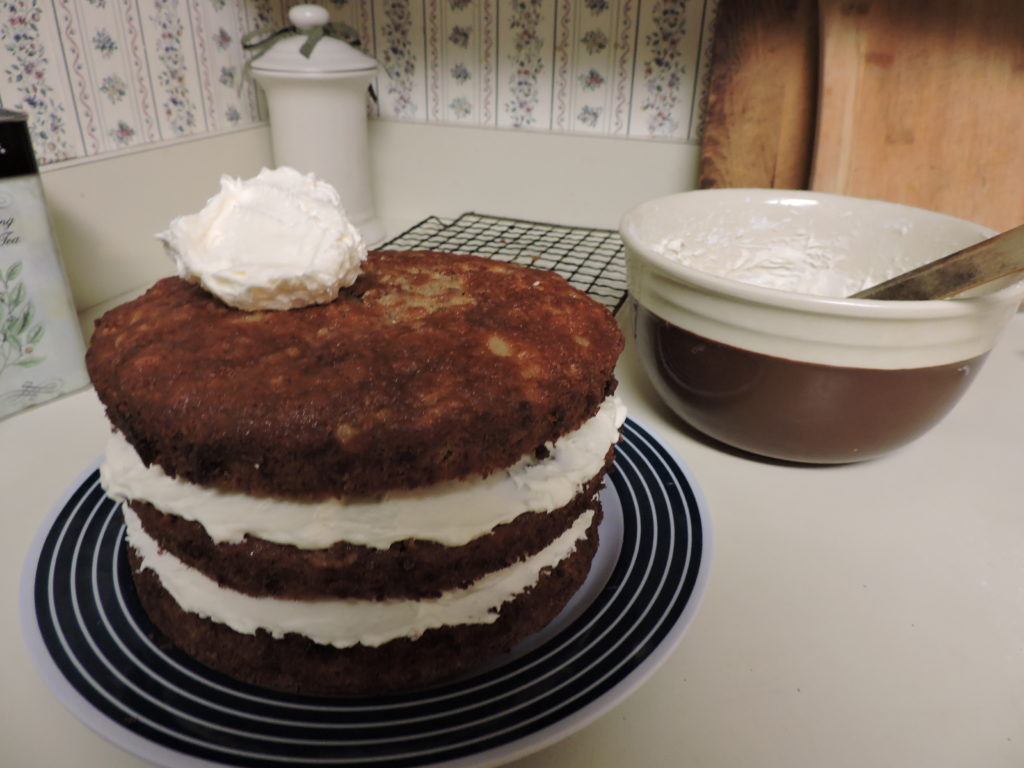 Then it was time to assemble and frost the layers. For the icing, I creamed together 1/2 cup of butter and 8 ounces of cream cheese, added one 16-ounce package of powdered sugar and 1 teaspoon of vanilla and beat till light and fluffy. I iced the first layer, set the second atop it, applied more icing and topped it with the final layer.
Then it was time to assemble and frost the layers. For the icing, I creamed together 1/2 cup of butter and 8 ounces of cream cheese, added one 16-ounce package of powdered sugar and 1 teaspoon of vanilla and beat till light and fluffy. I iced the first layer, set the second atop it, applied more icing and topped it with the final layer.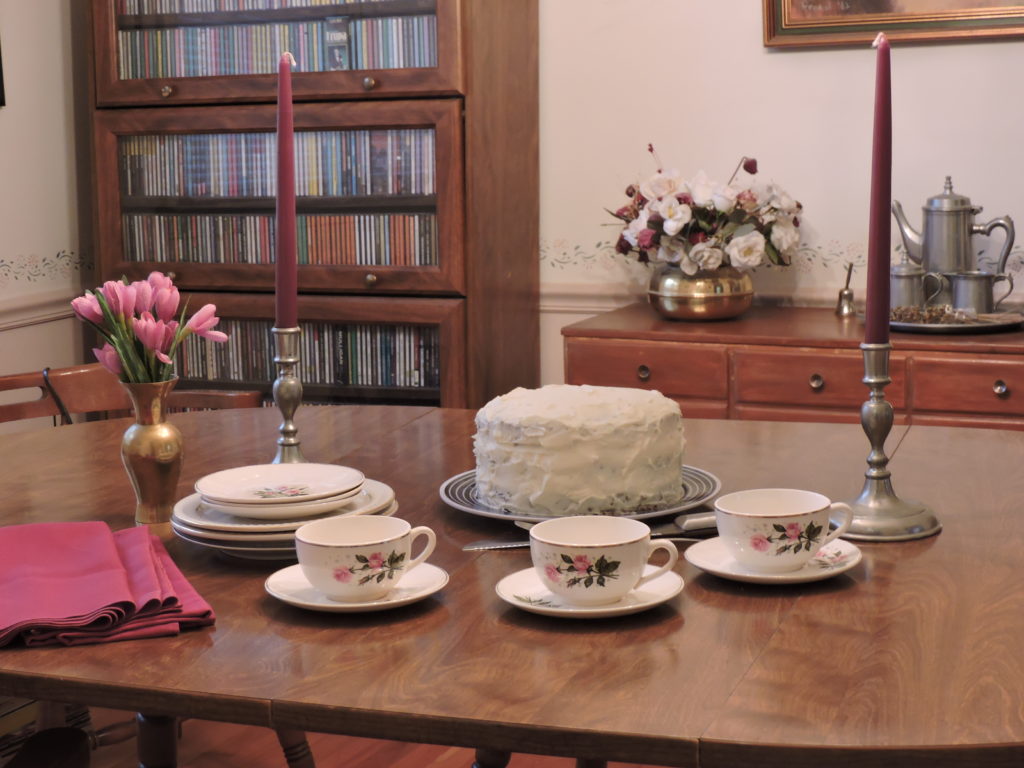
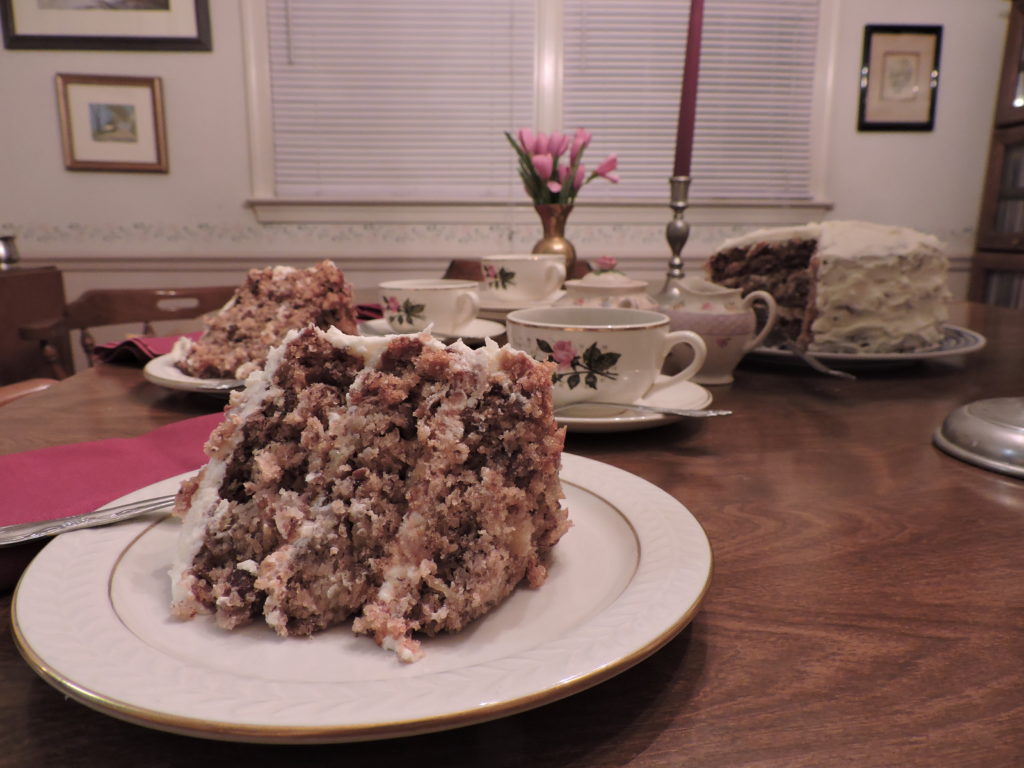
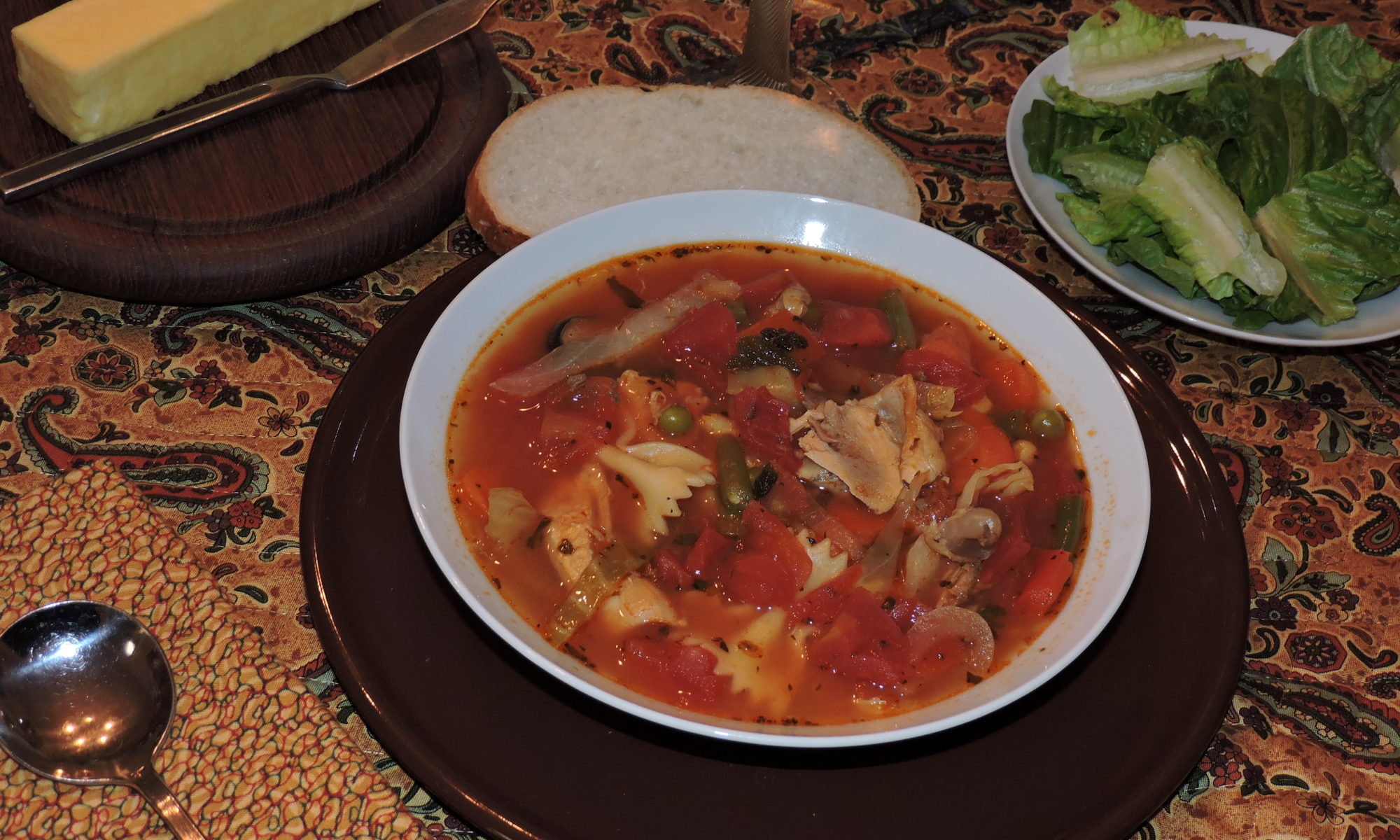
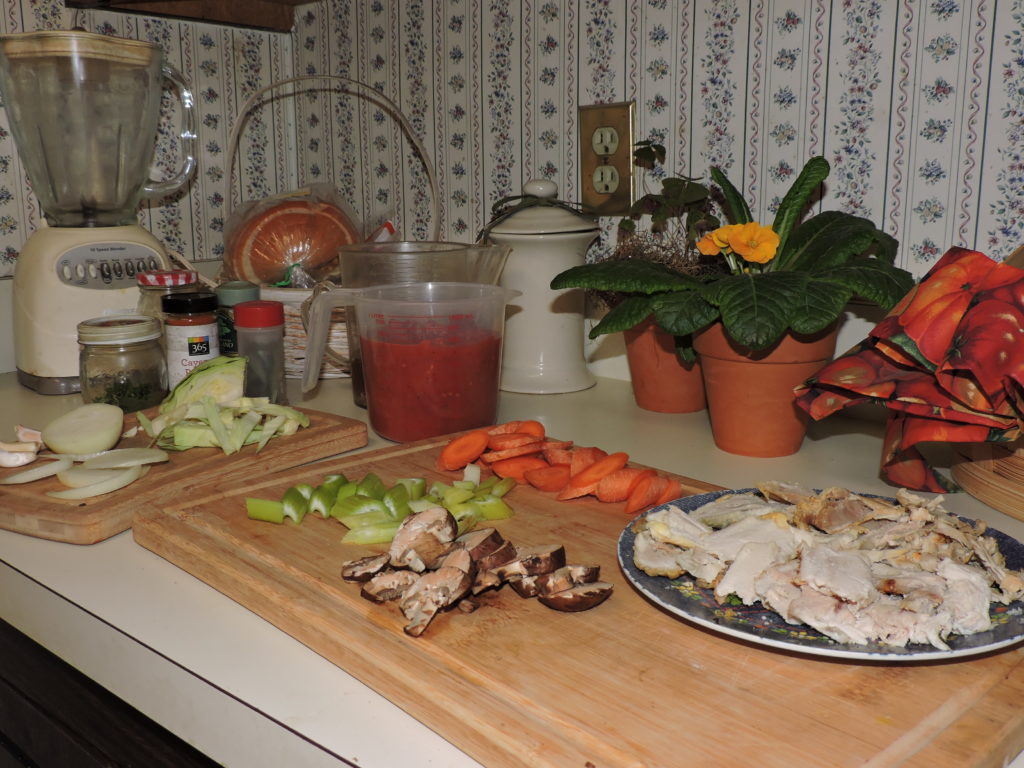
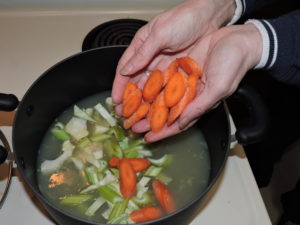
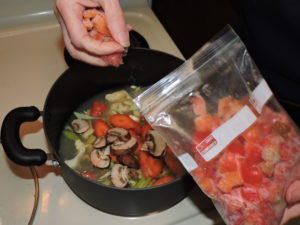
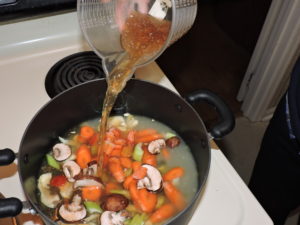
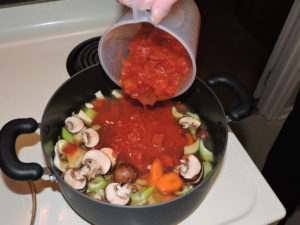 Then come the seasonings. If using dried herbs crumble them into the soup. Add a pinch or two of cayenne, a potent germ killer, and salt to taste.
Then come the seasonings. If using dried herbs crumble them into the soup. Add a pinch or two of cayenne, a potent germ killer, and salt to taste.